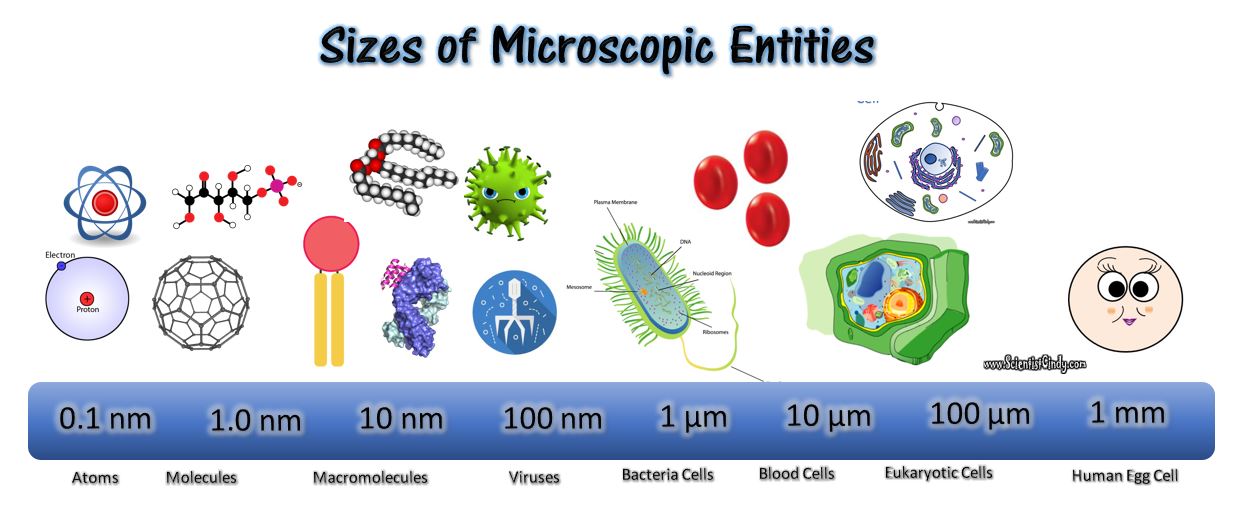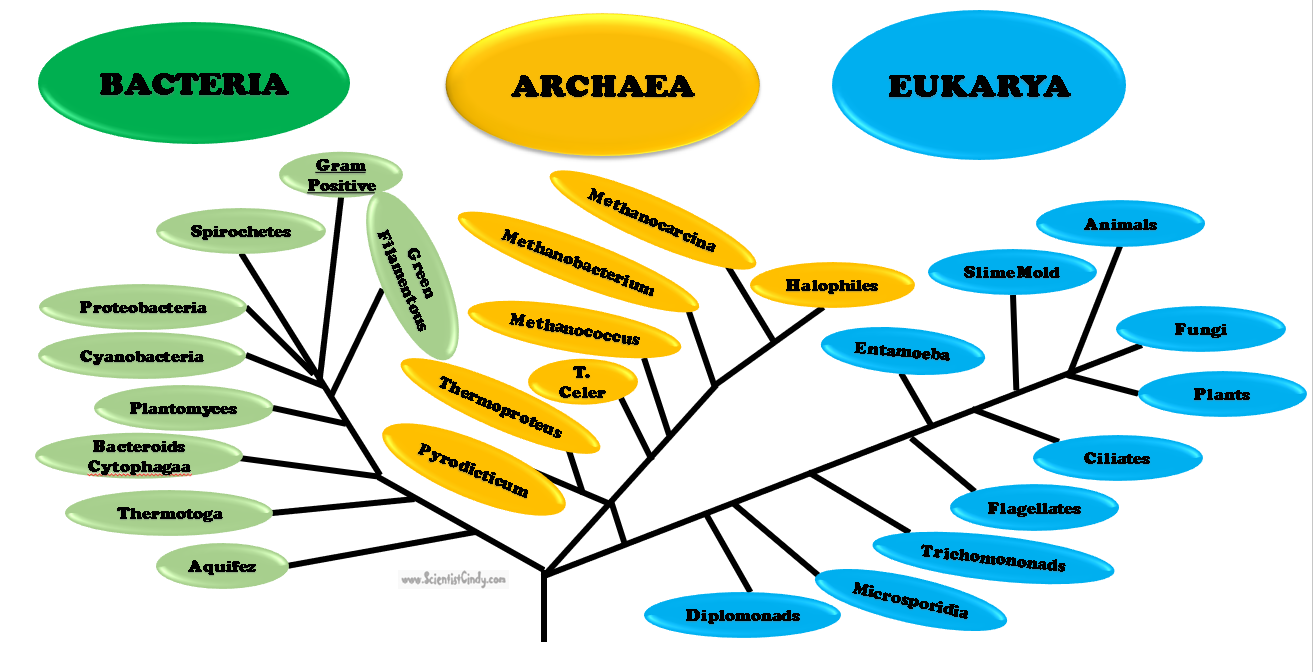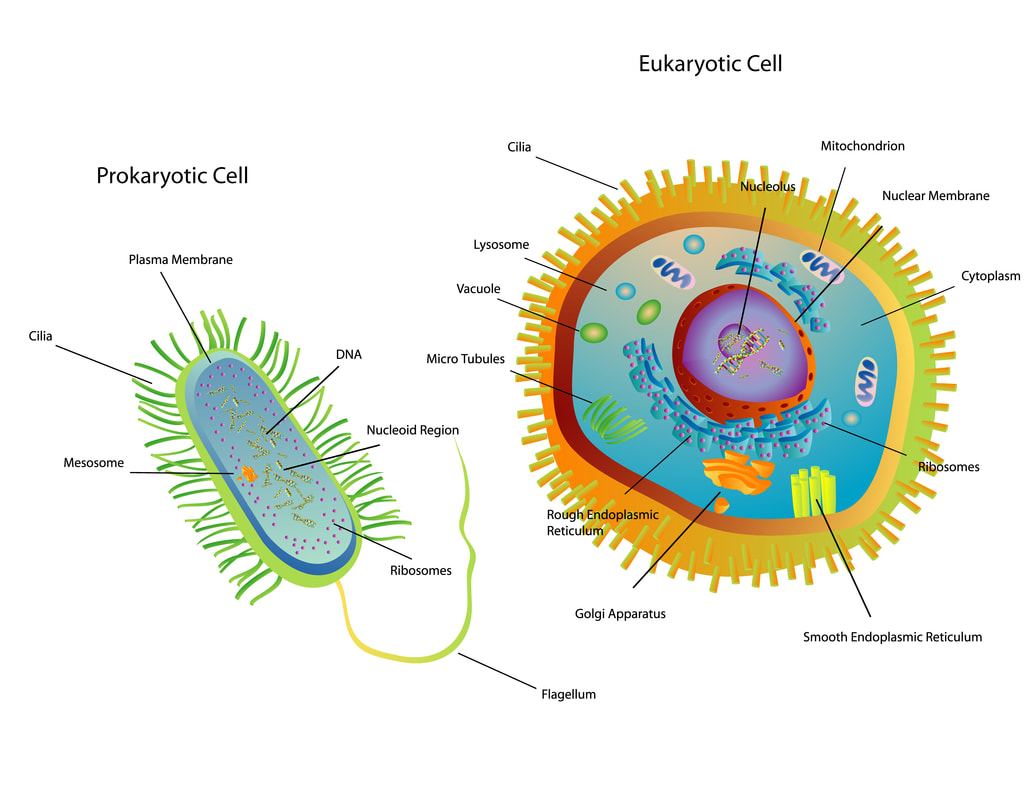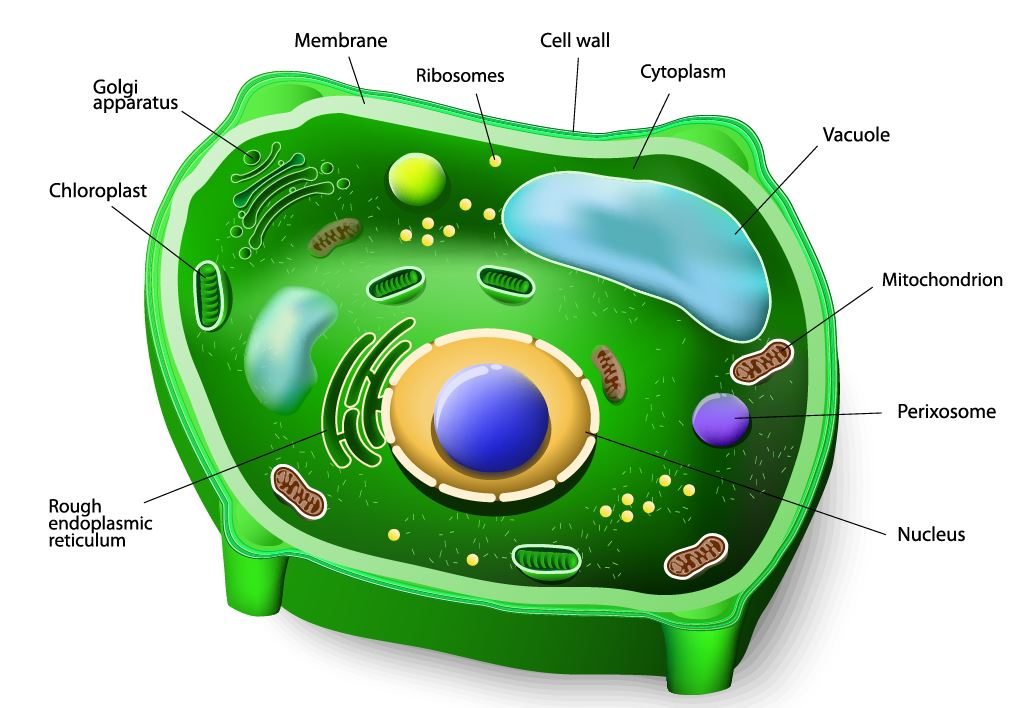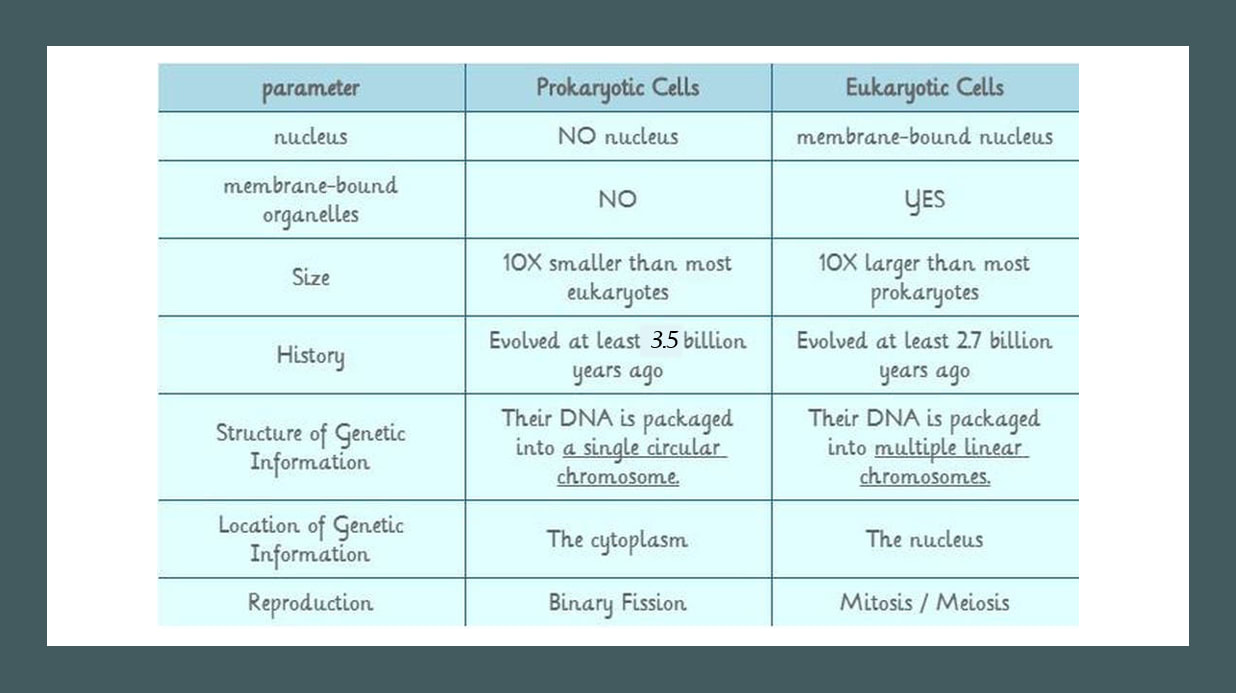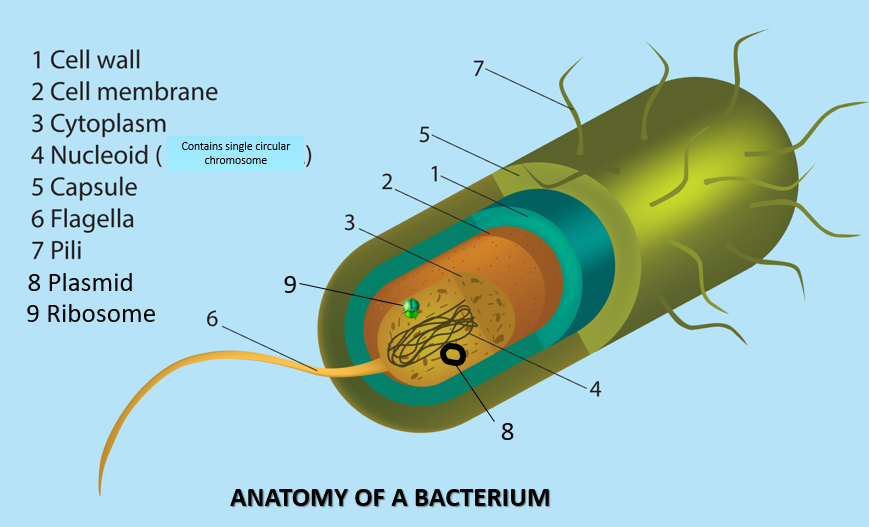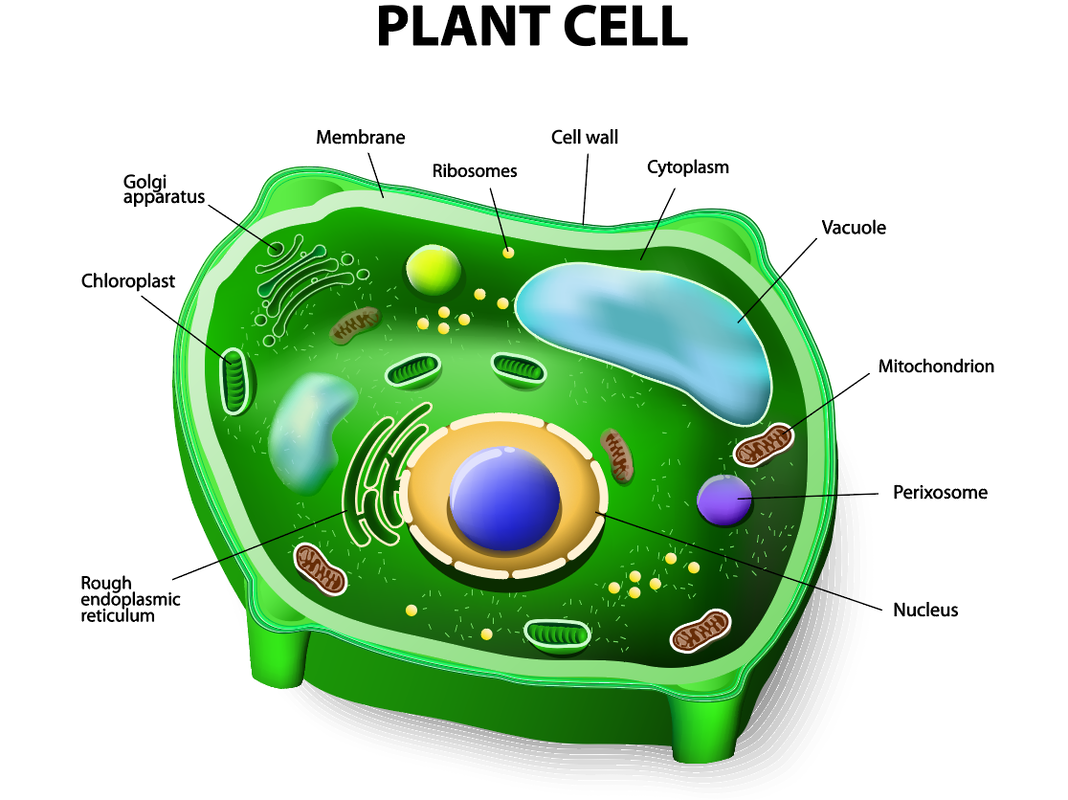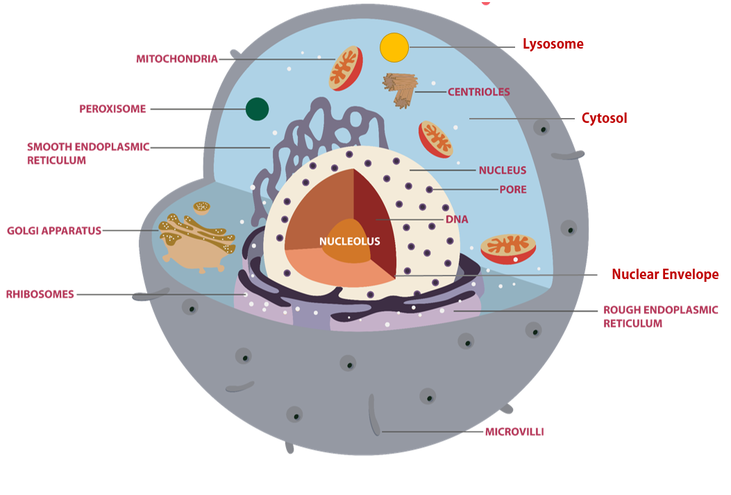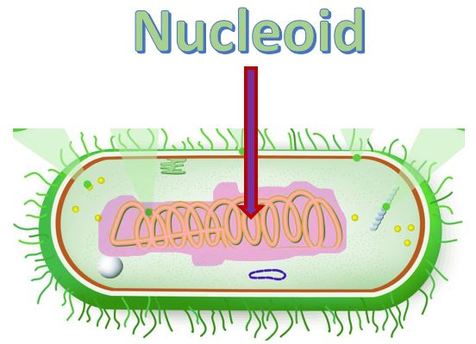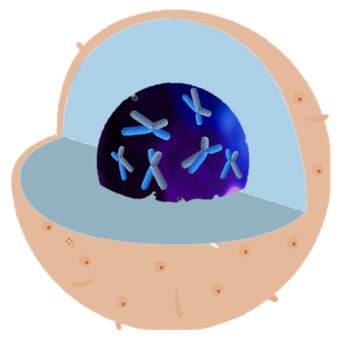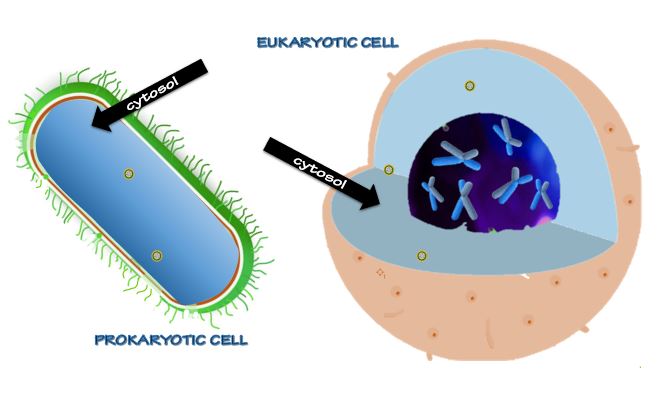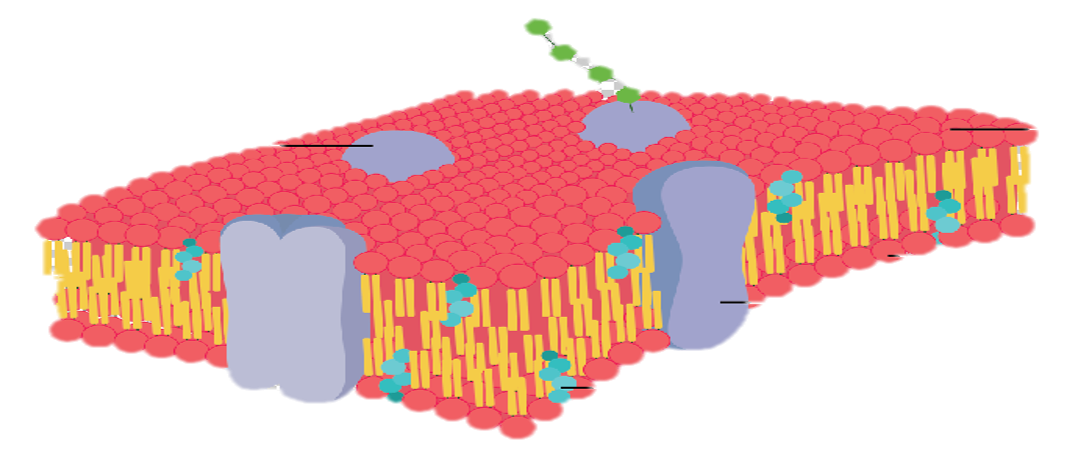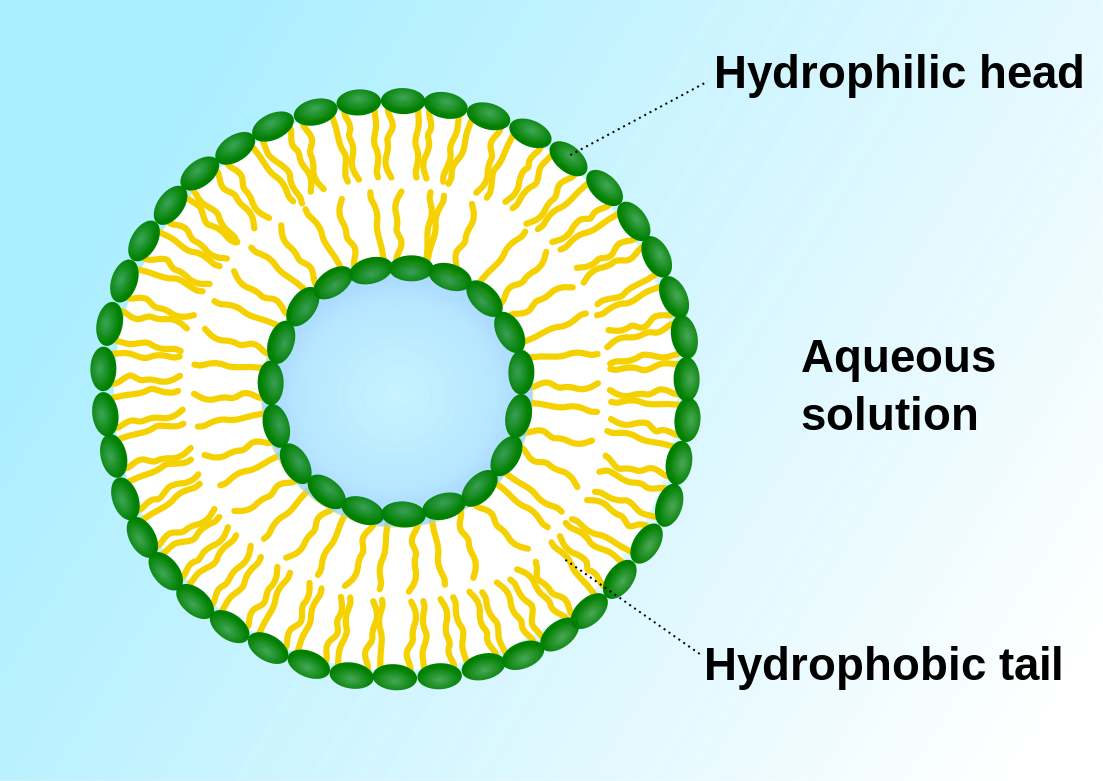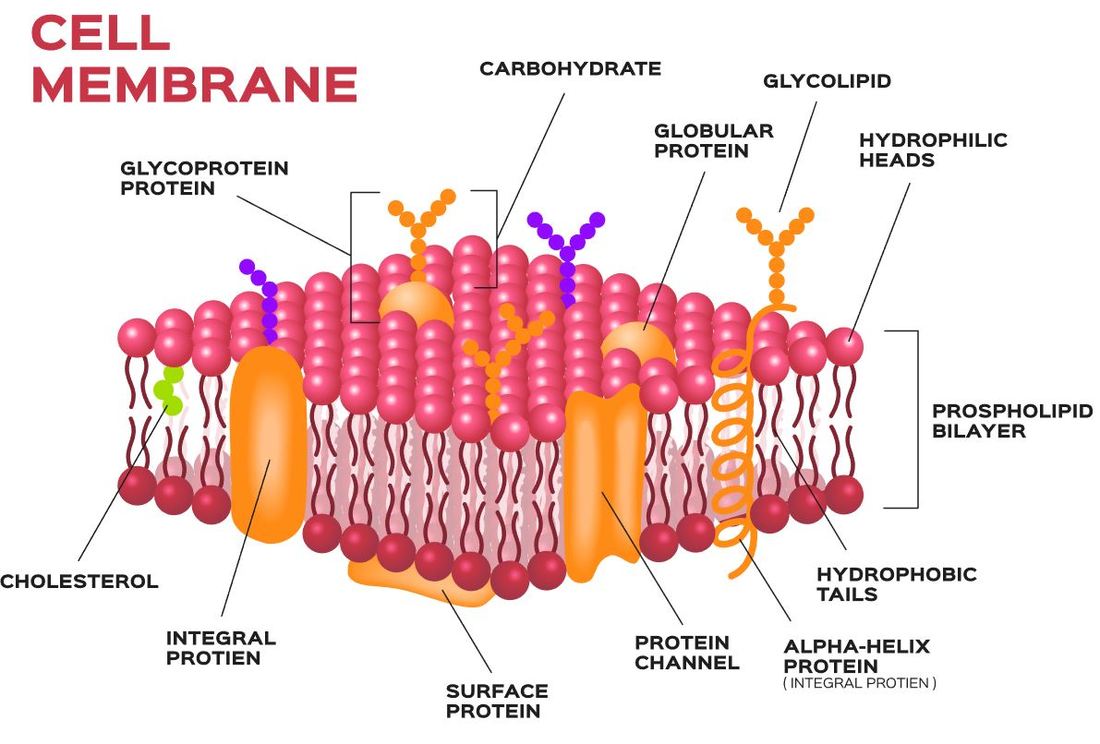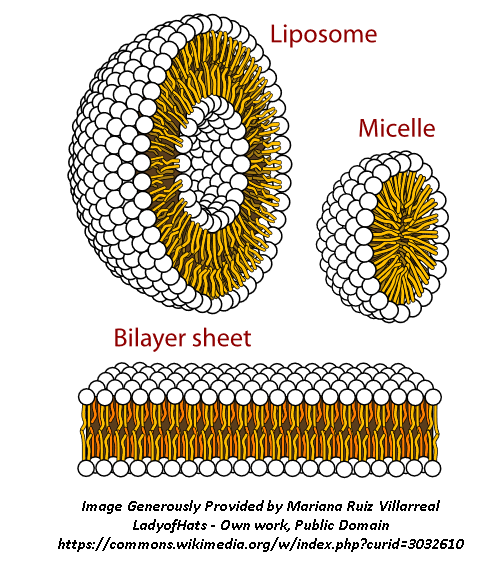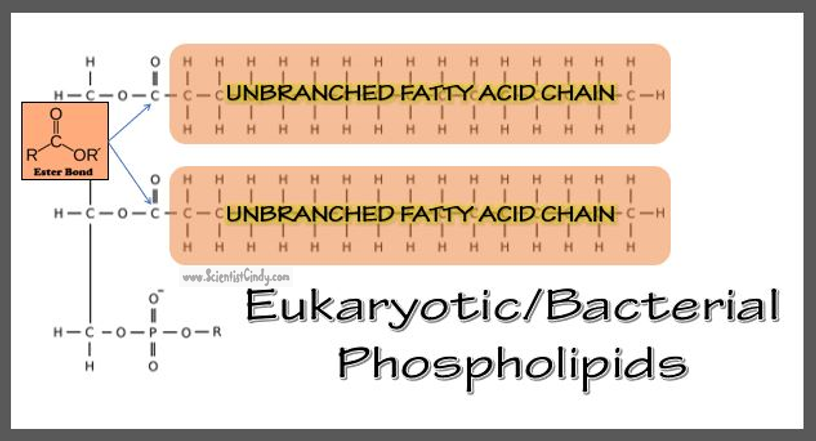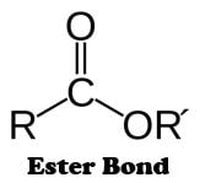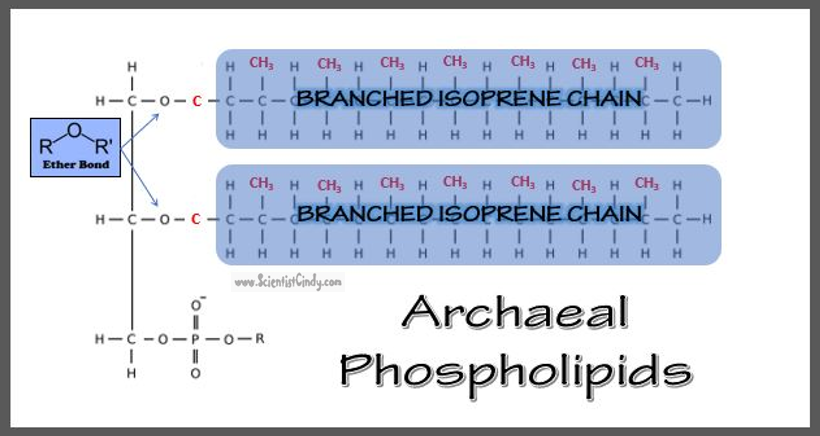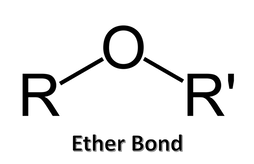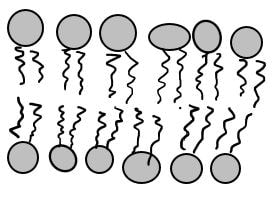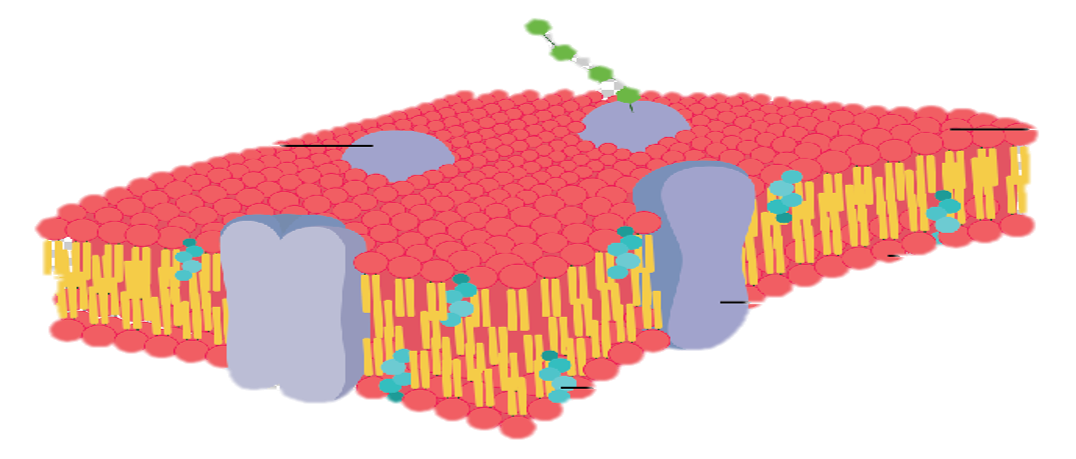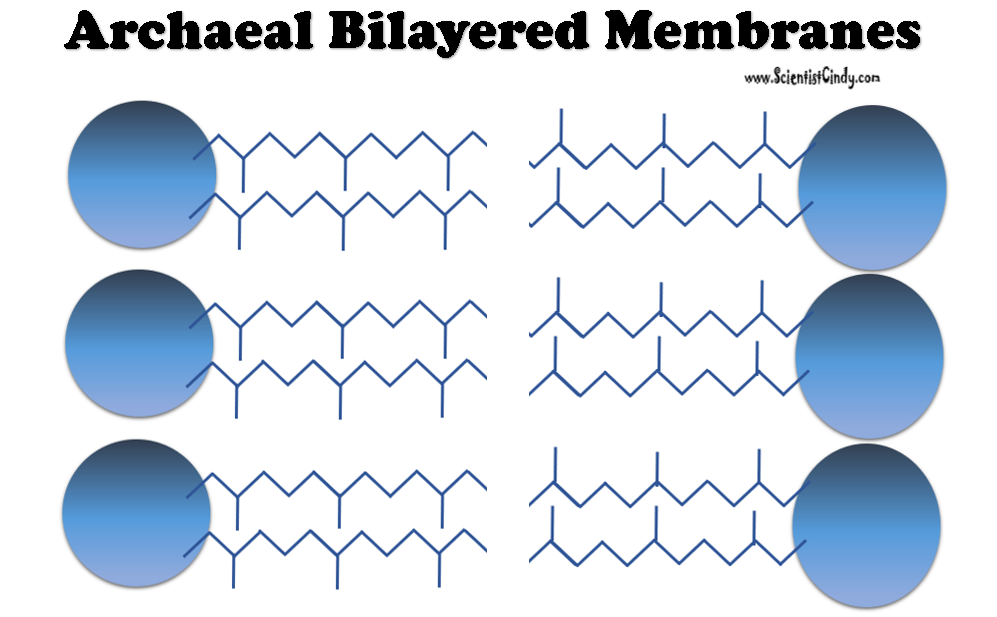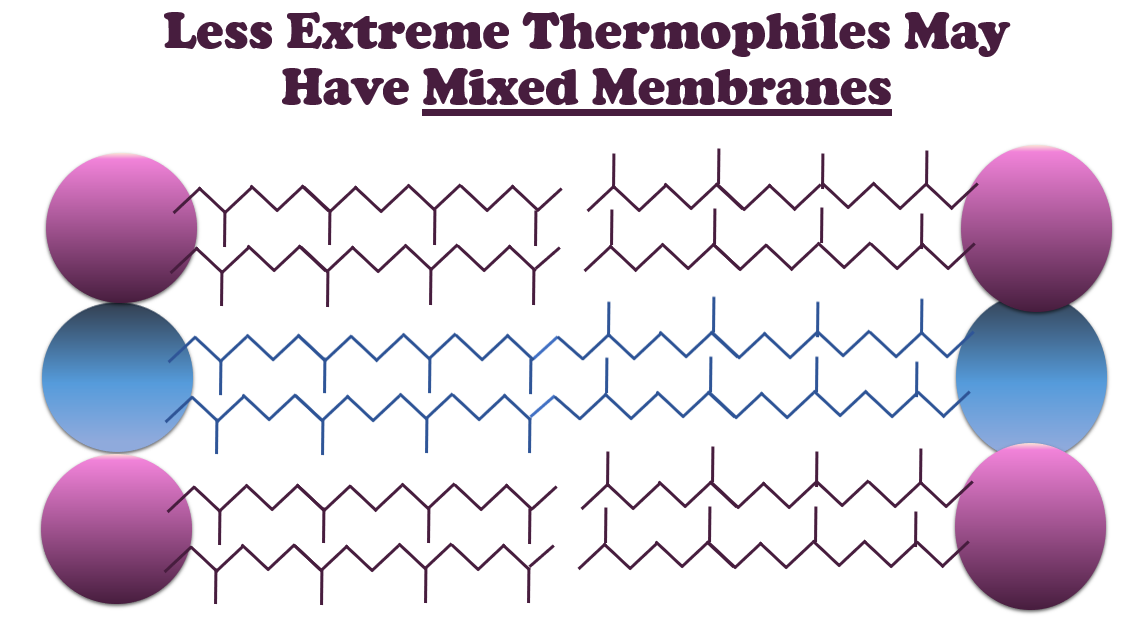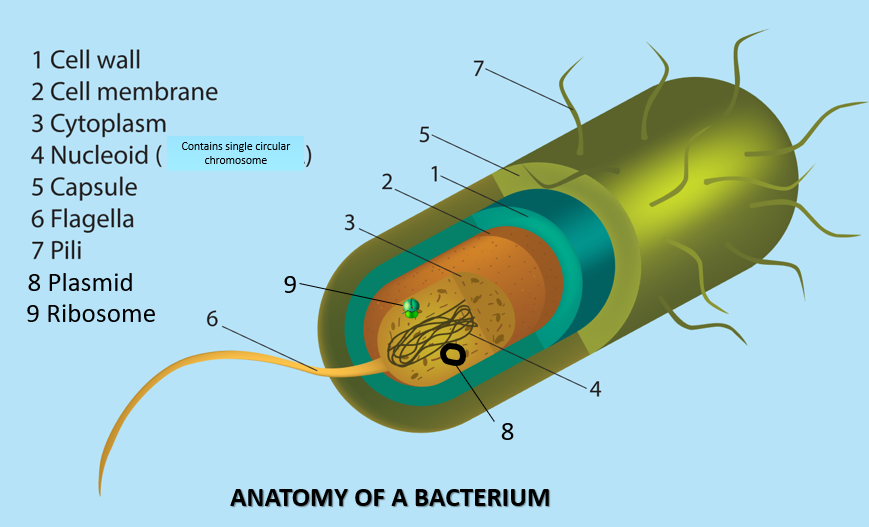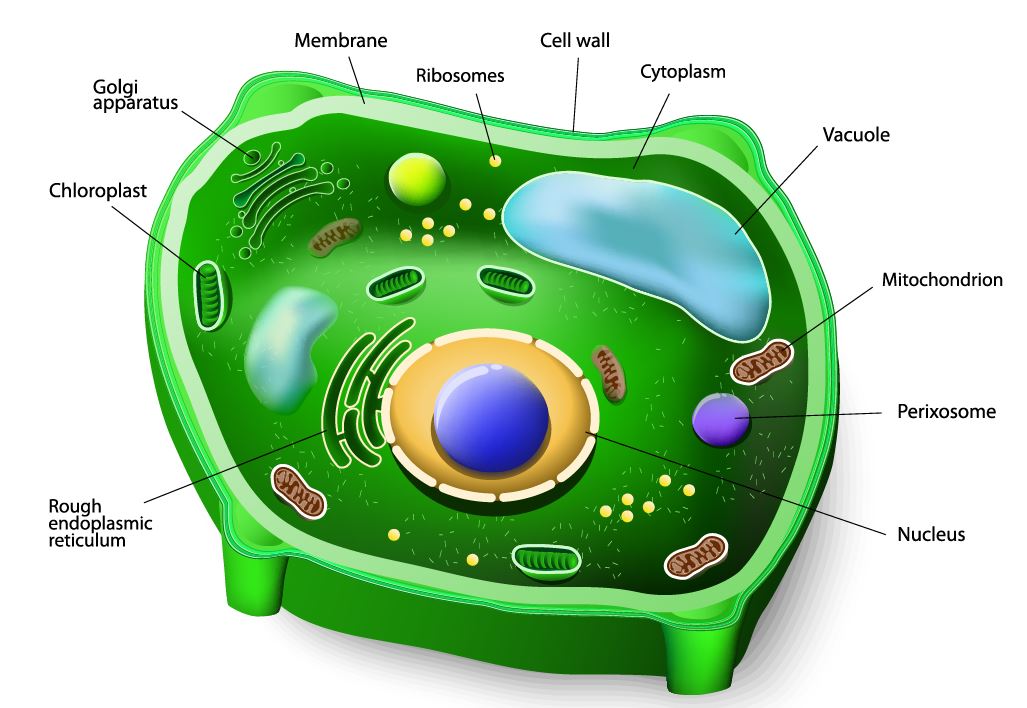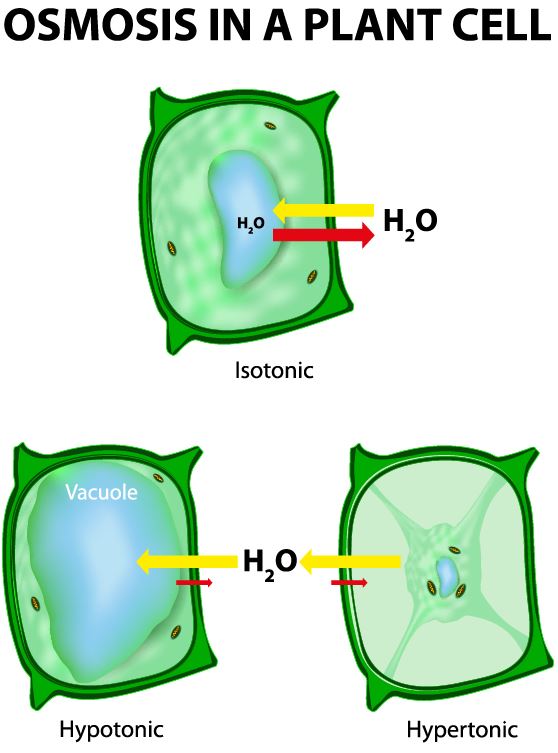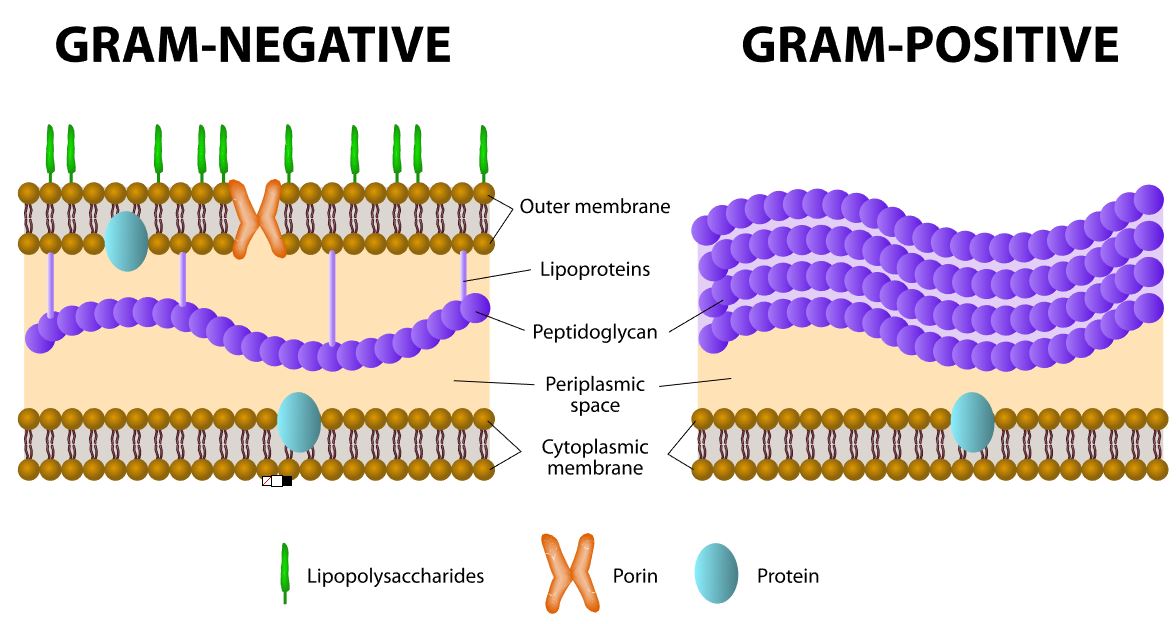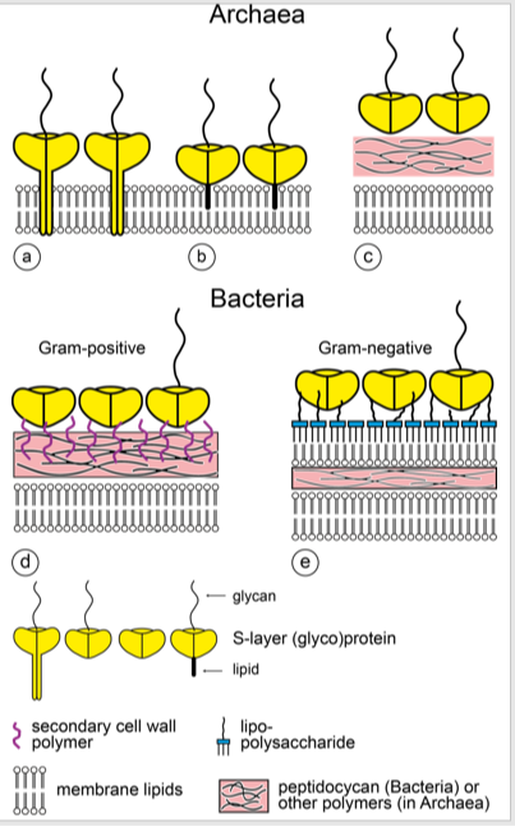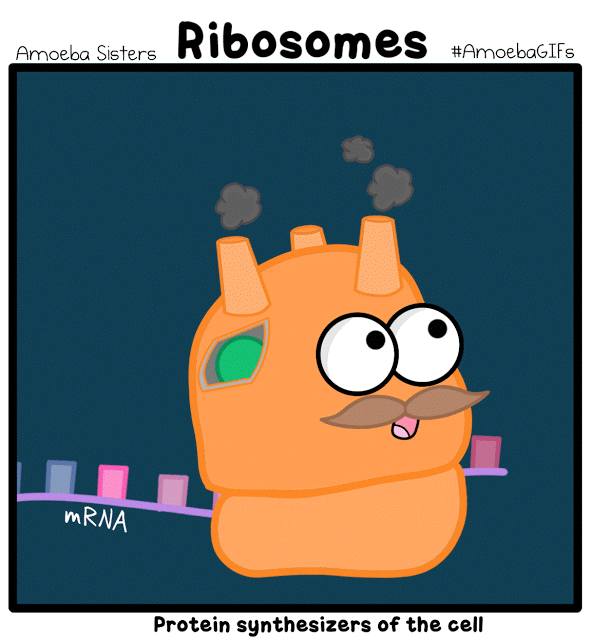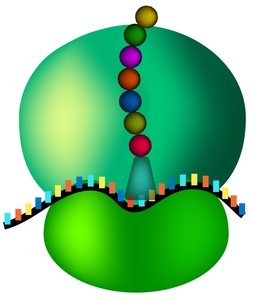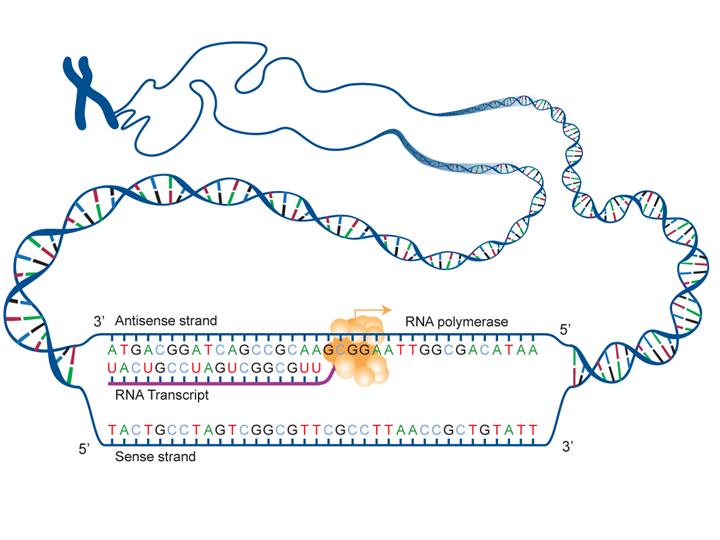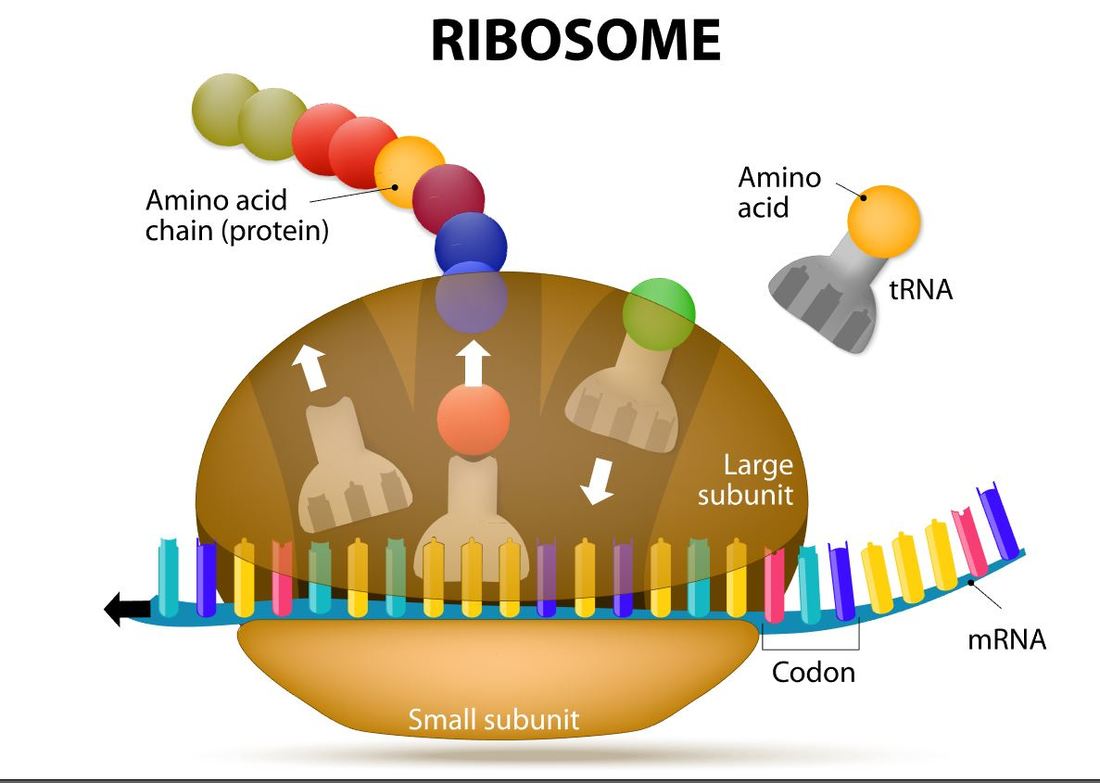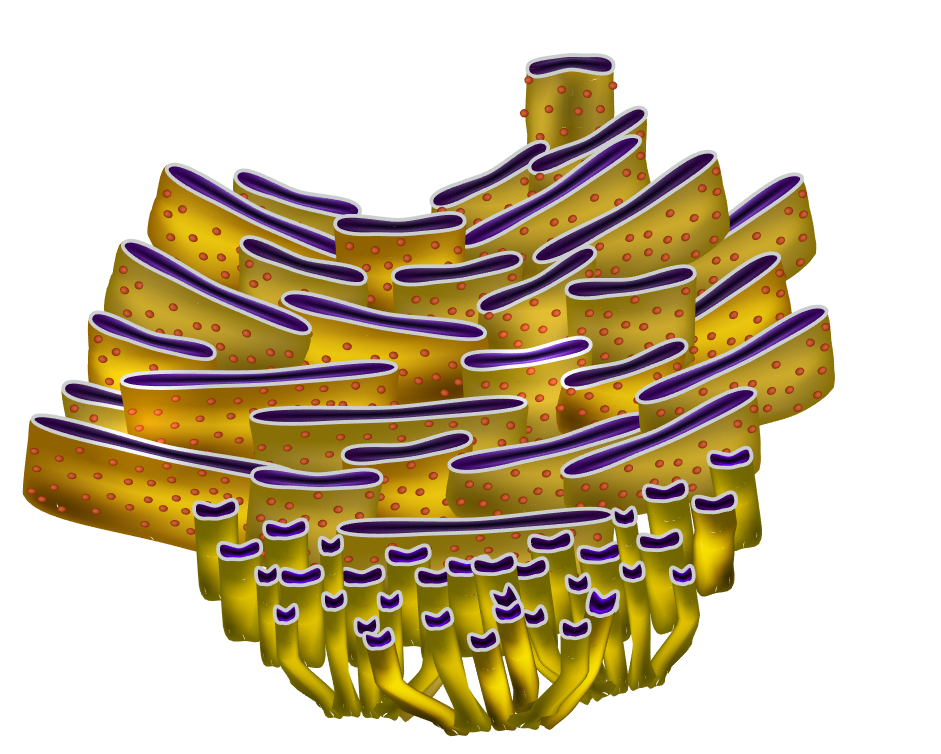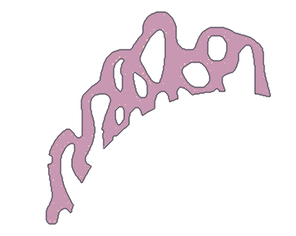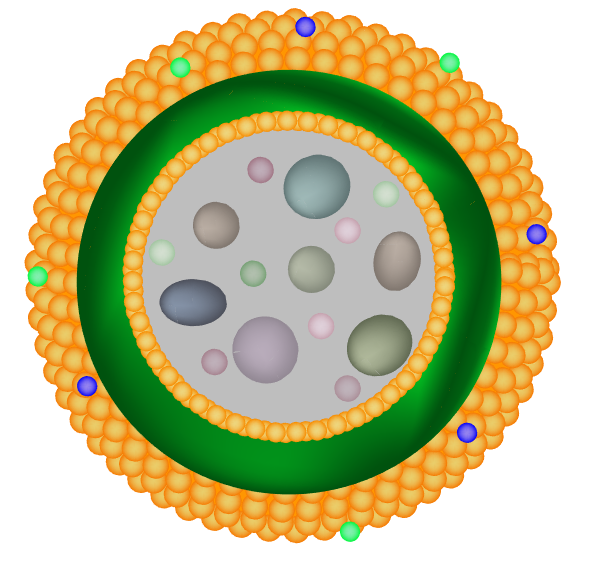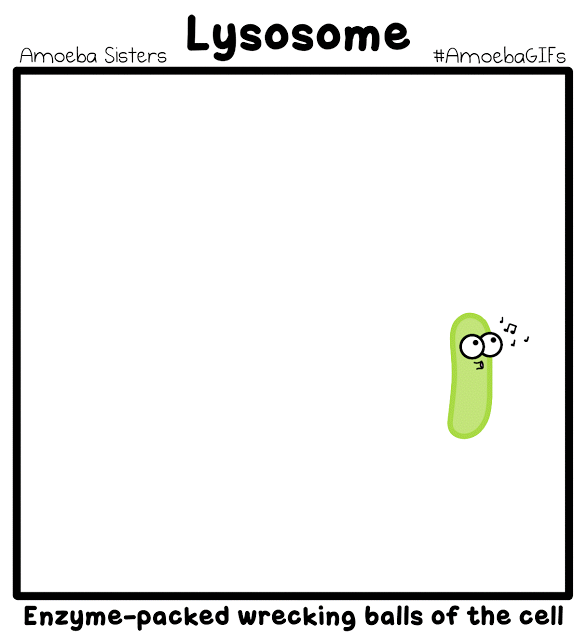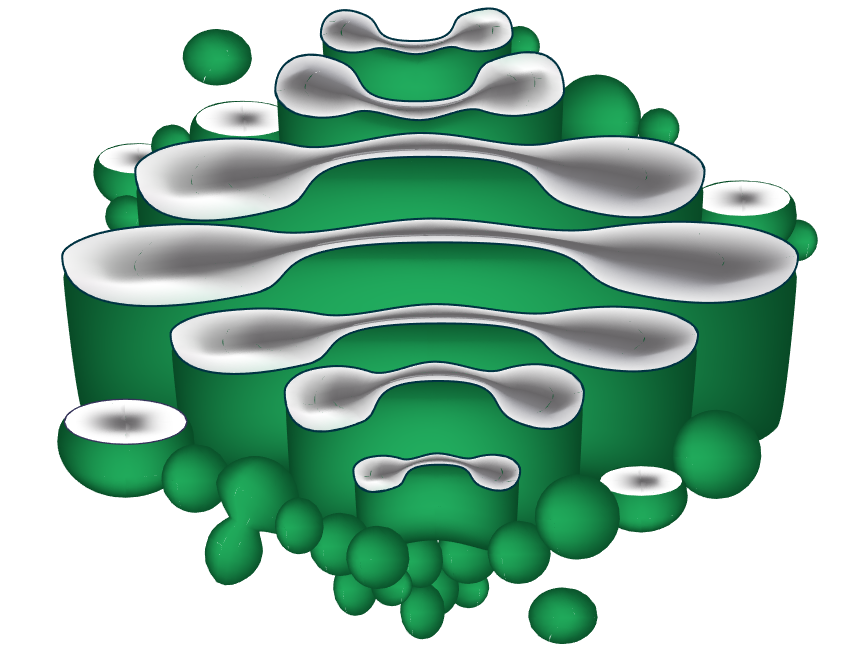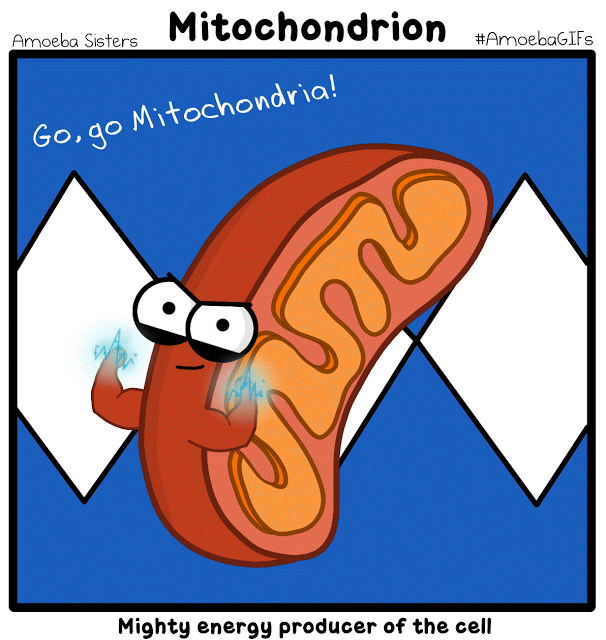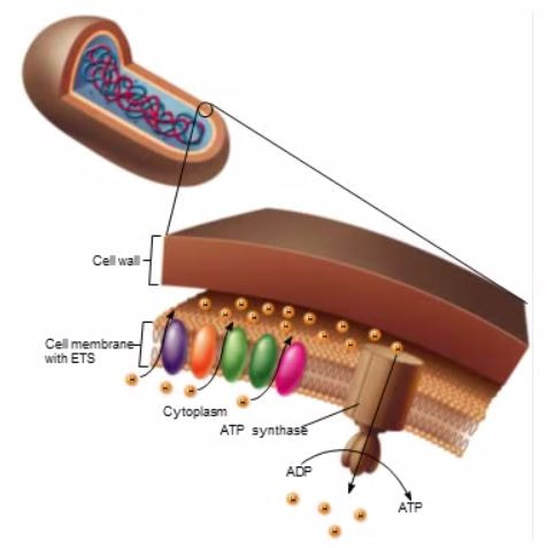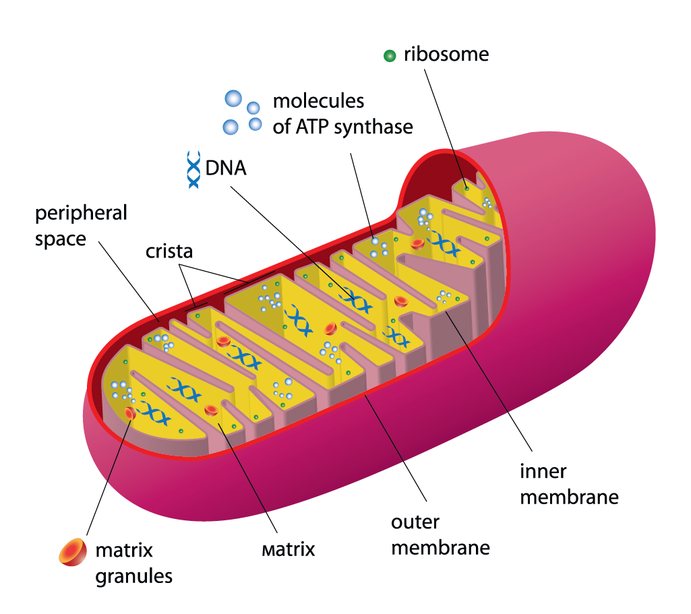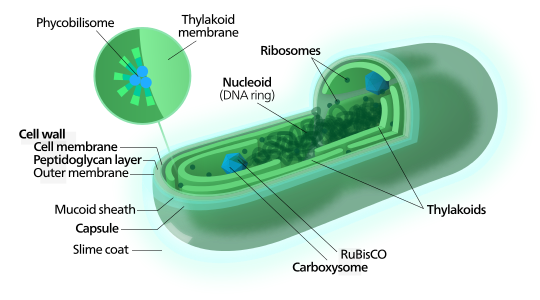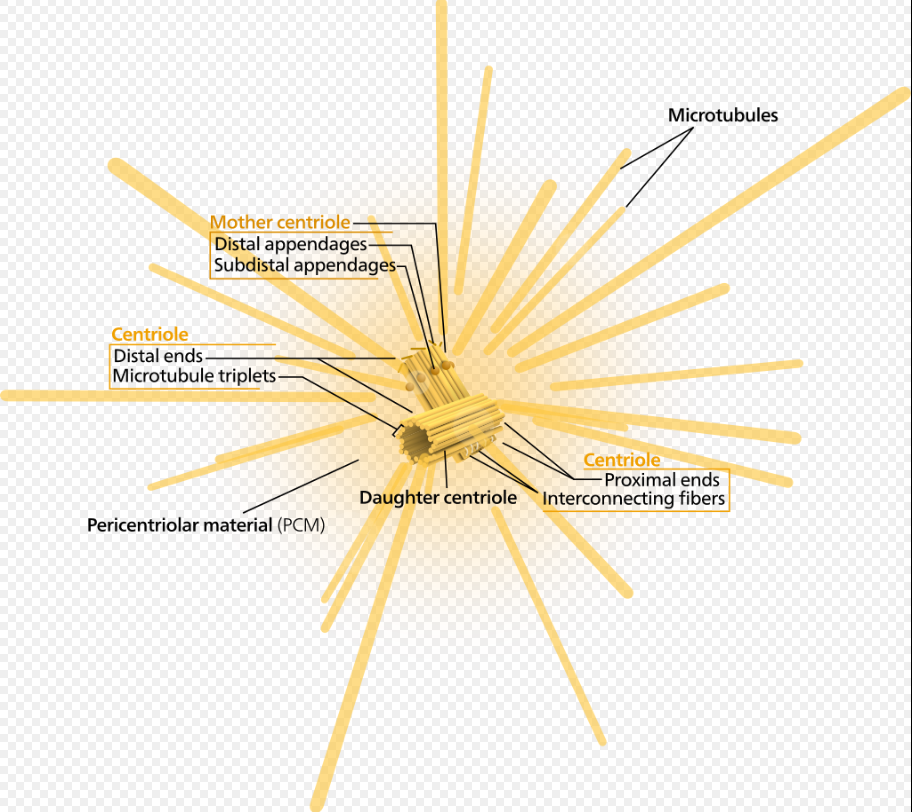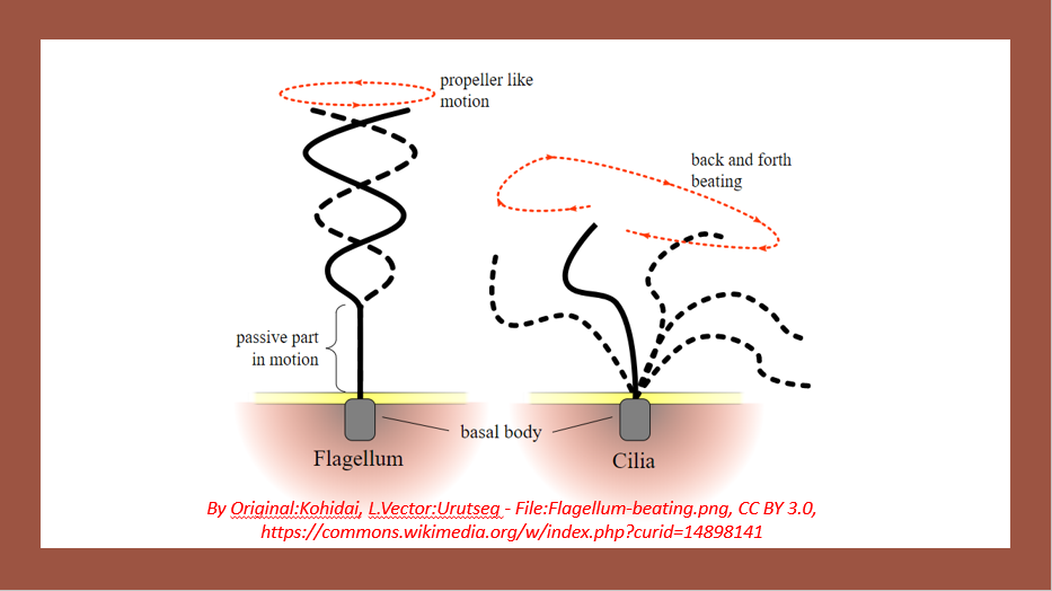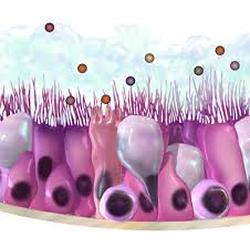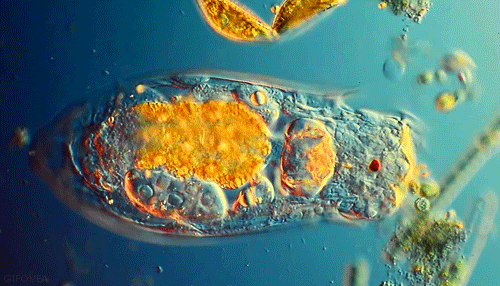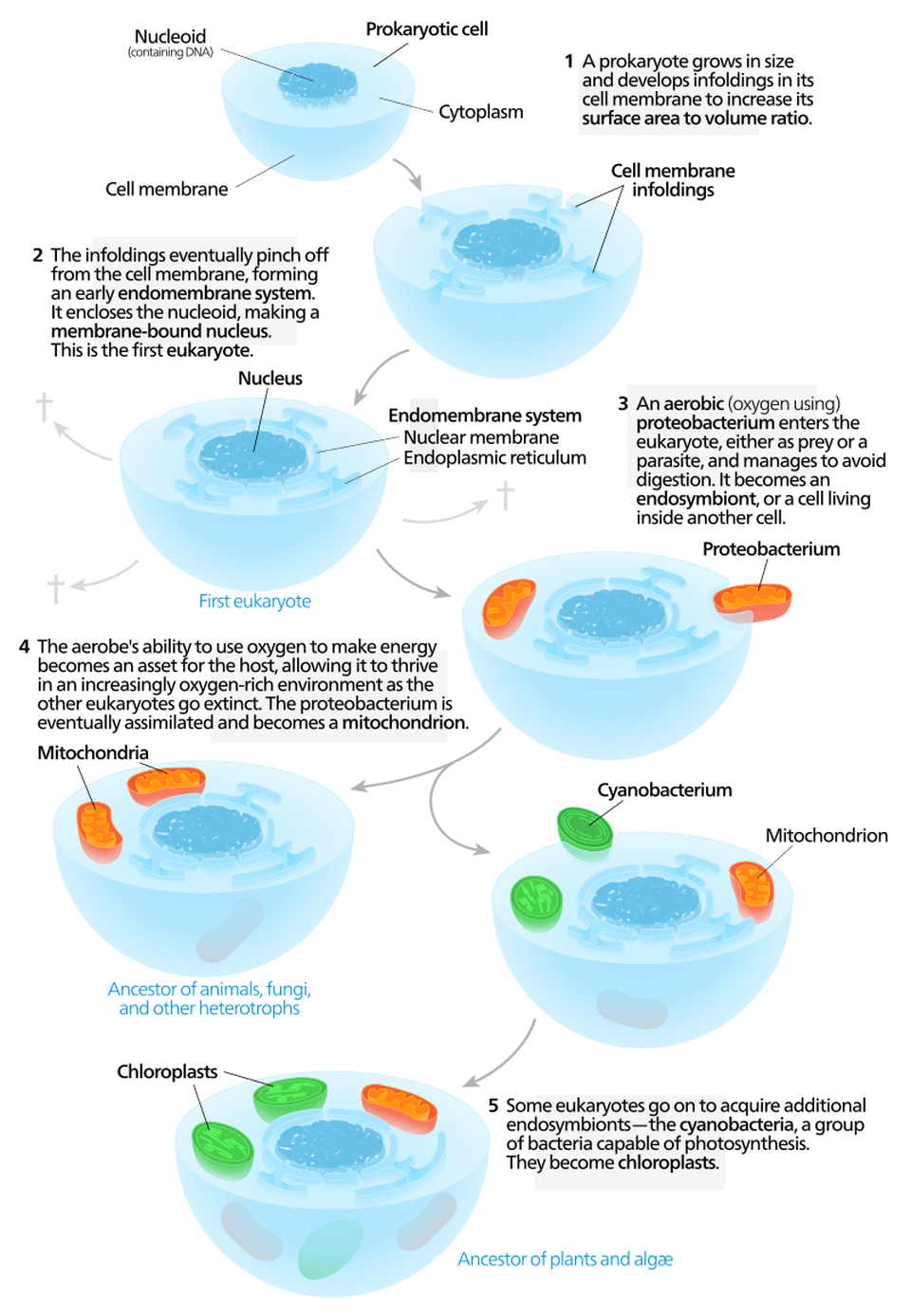|
|
|
Microorganisms range in size from the 1 mm human egg cell (100 µm) down to the incredibly tiny viruses of ~ 100nm. Most bacterial and archaeal cells range from about 1 µm to 5 µm in diameter.
|
There are 2 major categories of cells.
1) Prokaryotic cells Prokaryotic cells lacks a membrane-bound nucleus. They also do not have any mitochondria or any other membrane-bound organelles. The word prokaryote comes from Greek words meaning "before nucleus". Prokaryotes make up 2 or the 3 domains of life; Archaea and Bacteria. 2) Eukaryotic cells Eukaryotic cells have their DNA enclosed in a membrane-bound nucleus. They also contain mitochondria and many other membrane-bound organelles. The word eukaryote comes from Greek words meaning "after nucleus". Eukaryotes up 1 or the 3 domains of life; Eukarya. |
The 3 Domains of Life |
There are 2 major categories of eukaryotic cells:
1) Plant Cells
2) Animal Cells
1) Plant Cells
2) Animal Cells
Comparison Chart of
Prokaryotic Cells vs Eukaryotic Cells
PROKARYOTES VS EUKARYOTES
It was not until the invention of the electron microscope, that became clear that bacteria in fact cells. Due to their size, plant and animal cells were already known at the time, but since bacteria cells are, on average, 10 times smaller than plant and animal cells. It took this leap forward in technology to visualize these tiny life forms. Tiny eukaryotic cells were also able to be examined using the electron microscope. These are the algae and fungi of the eukaryotic domain. Once we could examine smaller cells microscopically, new categories arose due to fundamental differences between these bacterial cells and the eukaryotic cells.
Genetic Organization
All living organisms as we know it today, contain heritable genetic material in the form of DNA. That DNA is packaged into 1 or more chromosomes. Most bacterial cells contain a single, circular chromosome that exists in the nucleoid region of the cytoplasm. In contrast, eukaryotic cells contain multiple linear chromosomes that are housed within the nucleus of the cell.
THE CYTOPLASM - found in both prokaryotic and eukaryotic cells
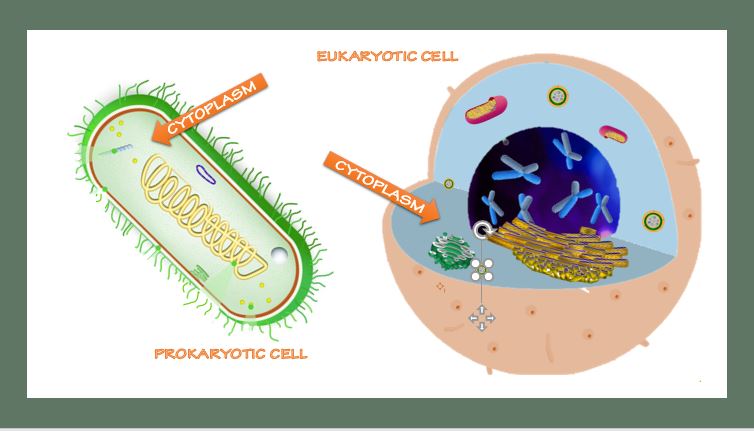
The internal environment of the cell is referred to as the CYTOPLASM. The cytoplasm includes the intracellular fluid, dissolved substances and organelles of the cell, but does not include the nucleus or the contents of the nucleus. In other words, the cytoplasm represents everything inside eukaryotic cells that are internal to the cell membrane (or plasma membrane) but external to the nucleus. In prokaryotic cells, the cytoplasm would refer to all of the intracellular contents.
THE CYTOSOL - found in both prokaryotic and eukaryotic cells
|
The inside of the cell is an aqueous environment full of intracellular fluid, that is more appropriately referred as the CYTOSOL. If you were to remove the cellular structures from the cytoplasm, you would be left with the cytosol. However, the cytosol is not just simply water, or H2O. The cytosol also contains, salts, ions, and organic compounds.
|
|
The Cell Membrane of Bacteria and Eukaryotic Cells
|

Every cell has a cell membrane. The cell membrane (also called the plasma membrane) surrounds the entire cell. You can think of the membrane as the "skin" of the cell. The cell membrane protects the cell by creating a barrier between what is inside the cell and what is outside the cell.
The main function of the cell membrane is to regulate transport!
Both prokaryotic cells and eukaryotic cells have a cell membrane (or plasma membrane). The cell membrane is selectively permeable and regulates what comes into the cell and what goes out of the cell. The membrane also functions in sensing and communication. The membrane is sometimes also surrounded by a cell wall. For example, most bacteria cells do contain a cell wall, and all plant cells contain a cell wall.
The main function of the cell membrane is to regulate transport!
Both prokaryotic cells and eukaryotic cells have a cell membrane (or plasma membrane). The cell membrane is selectively permeable and regulates what comes into the cell and what goes out of the cell. The membrane also functions in sensing and communication. The membrane is sometimes also surrounded by a cell wall. For example, most bacteria cells do contain a cell wall, and all plant cells contain a cell wall.
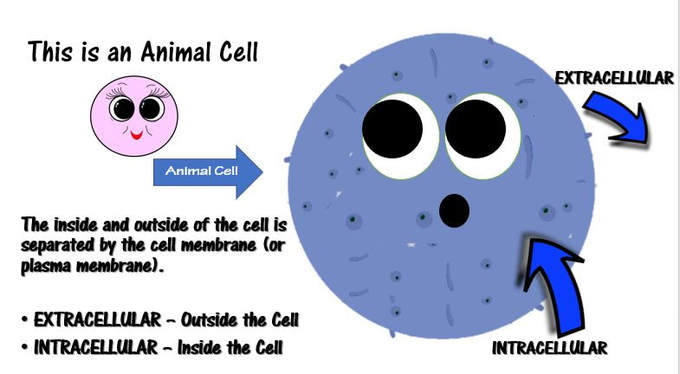
The cell membrane is also called the plasma membrane. The cell membrane protects the cell by creating a barrier between what is inside the cell and what is outside the cell. The cell membrane is made up of a double layer of phospholipids. Proteins, sugars and lipids are also incorporated into the cell membrane.
In addition to this, the cell membrane does something our skin can’t do... It regulates what comes into the cell and what goes out of the cell. For this reason, we consider the cell membrane to be “SELECTIVELY PERMEABLE” which means that it allows some substances to enter or exit the cell, but not others. This is a very important function.
The Cell Membrane is selectively permeable due to its structure. The cell membrane is made up of a phospholipid bilayer in all eukaryotic cells and bacteria cells. *Archaeal cells differ in the composition of their membranes and cell walls.
In addition to this, the cell membrane does something our skin can’t do... It regulates what comes into the cell and what goes out of the cell. For this reason, we consider the cell membrane to be “SELECTIVELY PERMEABLE” which means that it allows some substances to enter or exit the cell, but not others. This is a very important function.
The Cell Membrane is selectively permeable due to its structure. The cell membrane is made up of a phospholipid bilayer in all eukaryotic cells and bacteria cells. *Archaeal cells differ in the composition of their membranes and cell walls.
The structure of the cell membrane in bacteria cells and eukaryotic cells is very similar. However, the cell membranes found in archaea are quite different!
The structure of the cell membrane in bacteria cells and eukaryotic cells.
|
Phospholipid
|
|

The phospholipid bilayer of the cell membrane has a unique structure. It is made up of an inner layer and an outer layer of phospholipids that are oriented with their 'tails' facing each other.
Phospholipids are considered amphiphilic, because they contain a polar, hydrophillic head that consists of a phosphate group and two nonpolar, hydrophobic fatty acid chains as 'tails'.
When the phospholipids form the cell membrane, the polar, hydrophillic (water-loving) heads are oriented towards the liquid outside the cells (extracellular fluid) and the liquid inside the cell (extracellular fluid). The tails of the phospholipids are oriented towards each other, away from the liquid, since they are made up of hydrophobic (water-fearing) fatty acid chains. This formation creates a barrier between the extracellular matrix and the intracellular fluid (cytology).
Phospholipids are considered amphiphilic, because they contain a polar, hydrophillic head that consists of a phosphate group and two nonpolar, hydrophobic fatty acid chains as 'tails'.
When the phospholipids form the cell membrane, the polar, hydrophillic (water-loving) heads are oriented towards the liquid outside the cells (extracellular fluid) and the liquid inside the cell (extracellular fluid). The tails of the phospholipids are oriented towards each other, away from the liquid, since they are made up of hydrophobic (water-fearing) fatty acid chains. This formation creates a barrier between the extracellular matrix and the intracellular fluid (cytology).
The cell membrane in eukaryotic cells and bacteria cell is made up of a double layer of phospholipids.
|
The cell membrane in eukaryotic cells and bacteria cell is made up of a double layer of phospholipids. Proteins, sugars and lipids are also incorporated into the cell membrane.
The components of phospholipids include 2 hydrophobic fatty acid tails and a hydrophilic head. The phospholipid bilayer of the cell membrane is composed of 2 layers of phospholipids, with the fatty acid tails facing inward toward each other, away from the extracellular and intracellular fluids. This provides a barrier between the inside of the cell and the outside of the cell that is selectively permeable.
|
Phospholipids spontaneously form lipid bilayers (liposomes and micelles) in any aqueous environment due the amphipathic nature of the phospholipid molecules.
|
Properties of the Bacteria and Eukarya Cell Membranes
- Their cell membrane is composed of a phospholipid bilayer.
- Their phospholipids are composed of a hydrophillic phosphate head group and 2 lipid tails that are hydrophobic.
- The tails are unbranched fatty acids (made up of hydrocarbons H-C).
- The phosphate head group is attached to the fatty acid tail via an ESTER BOND.
The Structural Differences of the Cell Membrane in Archaeal Cells vs Bacteria and Eukaryotic Cells
The Structural Differences Between the Cell Membranes of Archaeal Cells vs Bacteria and Eukaryotic Cells Include...
- The types of fatty acids used in their phospholipids.
- The type of bond formed between the chains and the head groups of the phospholipids.
- The configuration of the phospholipids in the cell membrane.
Configuration
- bacteria and eukaryotic cells
All bacteria and eukaryotic cells have cell membranes that are arranged as a phospholipid bilayer.
- bacteria and eukaryotic cells
All bacteria and eukaryotic cells have cell membranes that are arranged as a phospholipid bilayer.
- Hyperthermophilic archaea will have cell membranes that are composed of only 1 layer of phospholipids.
- Hyperthermophilic archaea will have cell membranes that are composed of only 1 layer of phospholipids.
- Other archaea that live in less extreme conditions, tend to have bilayered membranes.
Cell Wall
The Cell Wall Exists in Some Bacteria, Some Archaea and Some Eukaryotes.
|
Most bacteria live in aqueous environments and have the added protection of the cell wall. The cell wall lies on the outside of the cell membrane and gives additional protection to the cell. The cell wall also protects against osmotic pressure. When a cell with a cell wall is placed in a hypotonic solution, the water molecules rush into the cell. The cell wall resists the added pressure and protects the cell from lysis (bursting open). Cells that are placed in a hypotonic solution that do not have a cell wall, will undergo lysis.
|
The Composition of the Cell Wall Varies
There are examples of organisms in all 3 domains of life that have cell walls. The cell membrane protects the cell by creating a barrier between what is inside the cell and what is outside the cell.
The Nucleus
only exists in eukaryotic cells
Eukaryotic cells are compartmentalized. They have a nucleus which is separated from the cytoplasm by a nuclear membrane or nuclear envelope. Eukaryotic cells also contain many membrane-bound organelles.
Prokaryotic cells do not have a nucleus, nor do they have membrane-bound organelles.
Prokaryotic cells do not have a nucleus, nor do they have membrane-bound organelles.
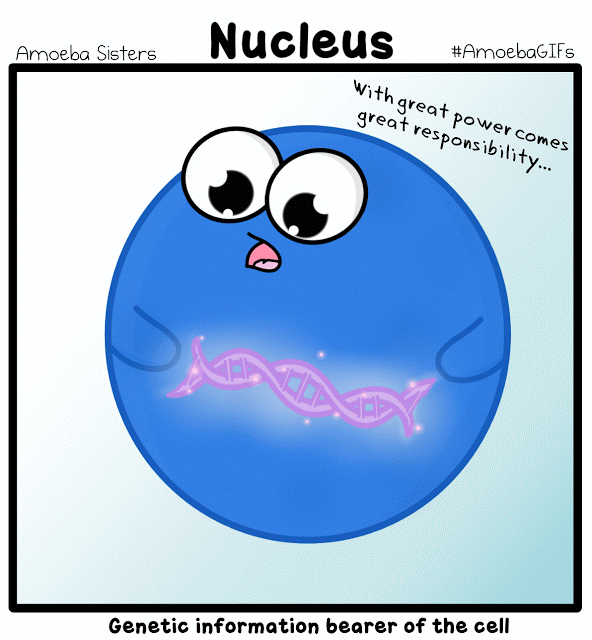
The main function of the nucleus is to house the DNA in eukaryotic cells. DNA is associated with histone proteins that act to package the DNA into bundles. DNA in bacterial cells lack histone proteins. Interestingly, archaeal cells do have histone proteins to help organize and package their DNA. The name for the collection of DNA and histone proteins is chromatin. The DNA holds the instructions for protein synthesis (as well as other instructions for the cell).
DNA stands for deoxyribonucleic acid. It is the "instruction manual" for the cell. The primary function of the DNA is to provide the instructions for protein synthesis to the cell through the processes of transcription and translation.
DNA stands for deoxyribonucleic acid. It is the "instruction manual" for the cell. The primary function of the DNA is to provide the instructions for protein synthesis to the cell through the processes of transcription and translation.
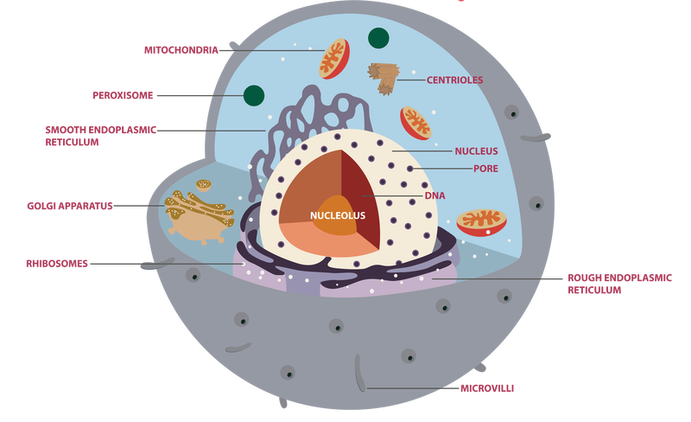
The structure of the nucleus -
The nucleus is surrounded by the nuclear envelope, which is essentially a membrane (a phospholipid bilayer) that compartmentalizes (or separates) the nucleus from the rest of the cell. The nuclear envelope is similar to the cell membrane, except that it contains more pores. The pores allow substances like ribosomes to pass through. The nuclear envelop is selectively permeable.
The liquid inside of the nucleus is called the nucleoplasm. The nucleoplasm is separated from the cytosol of the cell.
The nucleus is surrounded by the nuclear envelope, which is essentially a membrane (a phospholipid bilayer) that compartmentalizes (or separates) the nucleus from the rest of the cell. The nuclear envelope is similar to the cell membrane, except that it contains more pores. The pores allow substances like ribosomes to pass through. The nuclear envelop is selectively permeable.
The liquid inside of the nucleus is called the nucleoplasm. The nucleoplasm is separated from the cytosol of the cell.
RIBOSOMES
Ribosomes
The Main Function of a Ribosome is to Be the Site of Protein Synthesis.
Protein Synthesis. Because prokaryotic cells lack compartmentalization, the chemical reactions of their metabolism, and the processes of DNA replication and protein synthesis all must take place in the cytoplasm. Both eukaryotic cells and prokaryotic cells contain ribosomes. The ribosomes perform the same function in both types of cells, which is to be the site of protein synthesis. Ribosomes consist of 2 subunits. However, there are structural differences between ribosomes found in prokaryotes versus ribosomes found in eukaryotes.
RIBOSOMES are important components of the cell, but they are not membrane-bound. Ribosomes exist in both Eukaryotic and Prokaryotic Cells.
Proteins perform the majority of the functions of the cell. They provide structure, they catalyze chemical reactions, they form the receptors and channels of the cell and much more. For this reason, cells are in the constant process of making proteins (protein synthesis). We should consider proteins as the "workhorses" of the cell.
Ribosomes are specialized organelles that exist in both eukaryotic and prokaryotic cells that function as the "site of protein synthesis".
Ribosomes are specialized organelles that exist in both eukaryotic and prokaryotic cells that function as the "site of protein synthesis".
|
Transcription
Briefly, DNA holds the instruction for how to make the proteins. the DNA's nucleotide sequence gets transcribed into messenger RNA (mRNA).
|
Translation
mRNA then goes and dock onto a ribosome, and transfer RNA (tRNA) reads the transcription of the genetic codes, and adds on the appropriate amino acids according to the code.
|
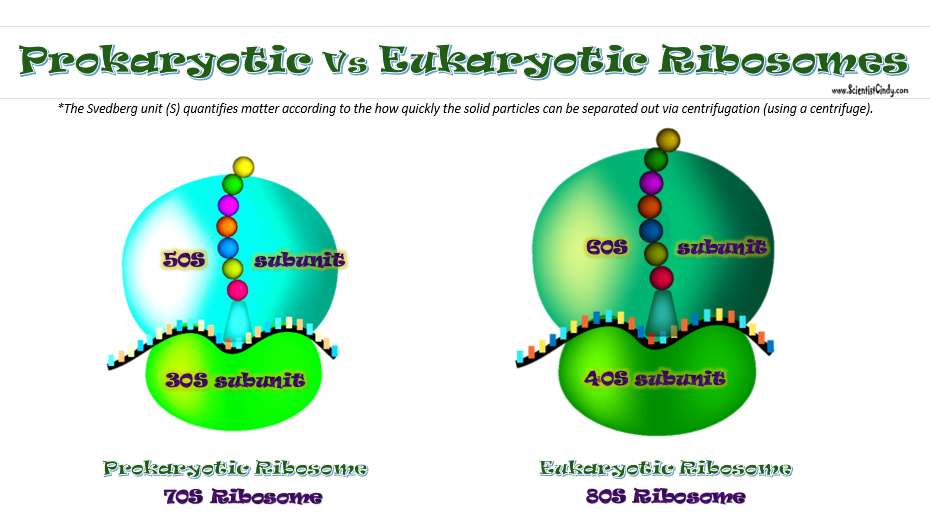
A convenient measurement of size for cellular structures, like organelles, is the Svedberg unit (S). The Svedberg unit quantifies matter according to the how quickly the solid particles can be separated out via centrifugation (using a centrifuge). Prokaryotic ribosomes are composed of a 30S subunit and a 50S subunit, which makes a combined 70S prokaryotic ribosome. Eukaryotic ribosomes are composed of a 40S subunit and a 60S subunit, which makes a combined 80S prokaryotic ribosome. WARNING: Don't do the math... these units are not additive.
EUKARYOTES ONLY - The Rough Endoplasmic Reticulum
(The Rough ER) - The main function of the rough ER is to house the ribosomes
There are 2 types of endoplasmic reticulum (ER); the rough endoplasmic reticulum and the smooth endoplasmic reticulum.
|
The Rough Endoplasmic Reticulum
(The Rough ER) The rough ER is composed of a network of membranous sacs or envelopes and tubules. The outside of the rough ER appears 'rough' due to attached ribosomes.
The rough ER gets its name from its 'bumpy' or 'rough' appearance due to ribosomes that are attached to it. In the rough ER, ribosomes are assembled in the nucleolus and then exit the nucleus. Some of these ribosomes then attach themselves to the rough endoplasmic reticulum, where they will act as a "site of protein synthesis" for the cell.
|
There are 2 types of endoplasmic reticulum (ER); the rough endoplasmic reticulum and the smooth endoplasmic reticulum.
EUKARYOTES ONLY - The Smooth Endoplasmic Reticulum
(The Smooth ER)
The Main Function of the Smooth ER is to Make Lipids
Lysosome only exists in eukaryotic cells
The Main Function of the Lysosome is to Digest Biological Matter
A lysosome is a membrane-bound cytoplasmic organelle that exists only in eukaryotic cells. Lysosomes contain enzymes that can break down different biomolecules. The lysosome works to digest substances in a similar way that our own stomach does. Lysosomes function in single-celled eukaryotic organisms, such as protozoa, to digest food.
EUKARYOTES ONLY - The Golgi Body
(Golgo Apparatus)
The Main Function of the Golgi Body is to Package and Ship Proteins
|
The Golgi body functions to Modify, Package and Ship proteins in eukaryotic cells! The Golgi body is able to sort the incoming proteins and can tell where their final destination should be. These proteins could be destined for a number of destination including secretion from the cell, inclusion in lysosomes, or incorporation into the plasma membrane.
|
The Golgi Apparatus is made up of 3 – 10 “envelopes” called cisternae.
You can think of the Golgi body as the Post Office of the cell. After proteins are made at the ribosome, the proteins travel to the Golgi body. The Golgi body will modify the proteins with strings of amino acid sequences (called signaling sequences) that will tell the cell where the protein is going to go! You can think of this process as "gift wrapping" and "placing a shipping label" on the protein! |
ENERGY METABOLISM
All living organisms have to obtain and metabolize energy to sustain life. There are 2 basic ways in which organisms accomplish this task.
- Cellular Respiration - Cellular Respiration is the process of converting chemical energy into cellular energy or biologically-useful energy.
- Photosynthesis - Photosynthesis involves the process of converting light energy into chemical energy.
ENERGY METABOLISM - CELLULAR RESPIRATION
All cells and organisms require energy to live. The mechanisms by which that energy is obtained and processed varies in different life forms. One part of energy processing that is common (or conserved) among all life forms, is called cellular respiration All cells, including bacterial cells, archaeal cells and eukaryotic cells, carry out this chain of energy-producing chemical reactions referred to collectively as "cellular respiration".
Mitochondria are in Eukaryotic Cells Only
|
In eukaryotic cells, including eukaryotic microorganisms, the process of cellular respiration occurs in the mitochondria. The mitochondria is a cytoplasmic membrane-bound organelle that is only found in eukaryotic cells. Prokaryotic cells, which include bacteria and archaea cells, do not have mitochondria. So, the energy-conversion process of cellular respiration will take place in the cytosol and the cell membrane in a prokaryotic cell. |
|
There are 2 types of cellular respiration.
In contrast, prokaryotic cells do not contain mitochondria or any other membrane-bound organelles, but they do undergo the process of cellular respiration. Mitochondria are thought to have evolved from an ancient bacteria according to the endosymbiotic theory. The way in which cellular respiration occurs in the mitochondria is remarkably similar to the in which most bacteria cells undergo the process of cellular respiration. The process takes place in the cytosol and the membrane of the bacterial cell, as it would in the mitochondria. |
ENERGY METABOLISM - PHOTOSYNTHESIS
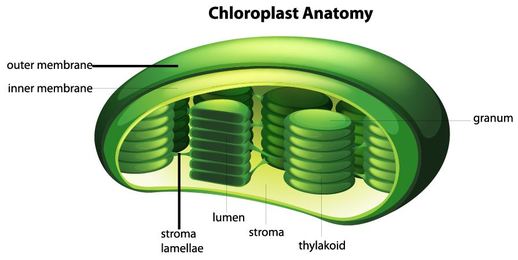
While all living organisms must undergo cellular respiration, not all organisms are able to photosynthesize. There are photosynthetic organisms that belong to all 3 domains of life (archaea, bacteria and eukarya).
Some of the eukaryotic organisms that use photosynthesis include plants and algae (a type of protist). In eukaryotic organisms, the process of photosynthesis takes place in the specialized membrane-bound organelles called chloroplasts. The chloroplasts contain a photosensitive pigment that captures light energy and starts the process of photosynthesis.
Some of the eukaryotic organisms that use photosynthesis include plants and algae (a type of protist). In eukaryotic organisms, the process of photosynthesis takes place in the specialized membrane-bound organelles called chloroplasts. The chloroplasts contain a photosensitive pigment that captures light energy and starts the process of photosynthesis.
|
Some prokaryotic organisms also undergo photosynthesis. However, they do this without the assistance of structures like chloroplasts. Instead, the processes needed to capture light energy and transform it take place in the cytoplasm and in the membrane of the bacteria.
|
The Peroxisome only exists in eukaryotic cells
The Main Function of the Peroxisome is to Detoxify the Cell
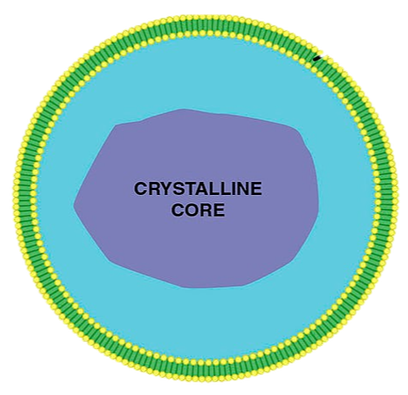
The peroxisome is a small round cytoplasmic organelle that only exists in eukaryotic cells. It functions to detoxify the cell. The peroxisome houses oxidase enzymes inside of membranous sacs. These enzymes act to catalyze the breakdown of harmful substances to the cell.
Free radicals are specific forms of molecules that contain an electron which can be eaily removed from it and can cause unwanted reactions to occur within the cell. The most important enzyme for the peroxisome is catalase, which is used to break down the free radical, hydrogen peroxide. This is where the peroxisome gets its name!
Free radicals are specific forms of molecules that contain an electron which can be eaily removed from it and can cause unwanted reactions to occur within the cell. The most important enzyme for the peroxisome is catalase, which is used to break down the free radical, hydrogen peroxide. This is where the peroxisome gets its name!
The Cytoskeleton

We have not yet discovered any prokaryotic cells having a cytoskeleton. Prokaryotic cells do produce some proteins that give them their shape, but those proteins do not have the level of order and organization that we observe in cytoskeleton of the eukaryotic cells.
The eukaryotic cytoskeleton is a web-like scaffolding of protein fibers that act as transportation superhighways and give the cell its structure and shape. They line up chromosomes and help the daughter cells separate during cell division.
The centrosome acts as the microtubule organization center. The microtubules are bundled and assembled with microfilaments into various organized subunits.
The eukaryotic cytoskeleton is a web-like scaffolding of protein fibers that act as transportation superhighways and give the cell its structure and shape. They line up chromosomes and help the daughter cells separate during cell division.
The centrosome acts as the microtubule organization center. The microtubules are bundled and assembled with microfilaments into various organized subunits.
The cytoskeleton of the cell provides structure to the cell, in a similar way that our own skeleton gives us shape! In addition to structure, the cytoskeleton acts as a scaffolding within the cell that can be used to anchor certain organelles in place or as a roadway for molecules to travel on. Another main function of the centrosome and microtubules is seen during the cell cycle and mitosis (cell division).
Only Eukaryotic Cells Contain Centrosomes
Flagella - Found in Some Prokaryotic and Some Eukaryotic Organisms
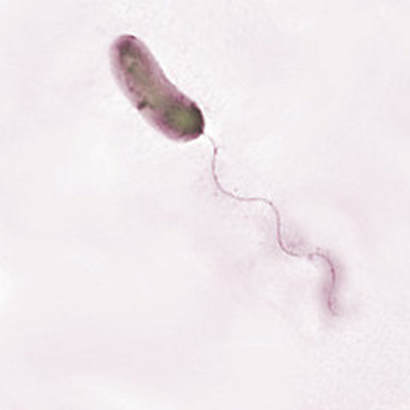
Flagella are helical shaped structures composed of subunits of a protein. The wider region at the base of the flagellum is called hook. Many bacteria have one or more flagellum that they use for locomotion.
In eukaryotes, many algae and protozoa have long, thin protein projections called flagella that provide a means of movement by beating back and forth.
Cilia - Found in Some Prokaryotic and Some Eukaryotic Organisms
Endosymbiotic Theory
The endosymbiotic theory explains the origin of the chloroplasts in plant cells and the mitochondria in animal cells. The endosymbiotic theory postulates that an ancient proteobacteria was engulfed by a prokaryotic cell, and coevolved to become mitochondria. The endosymbiotic theory also postulates that an ancient cyanobacterium was engulfed by a prokaryotic cell, and coevolved to become the chloroplasts we see in plant cell today!
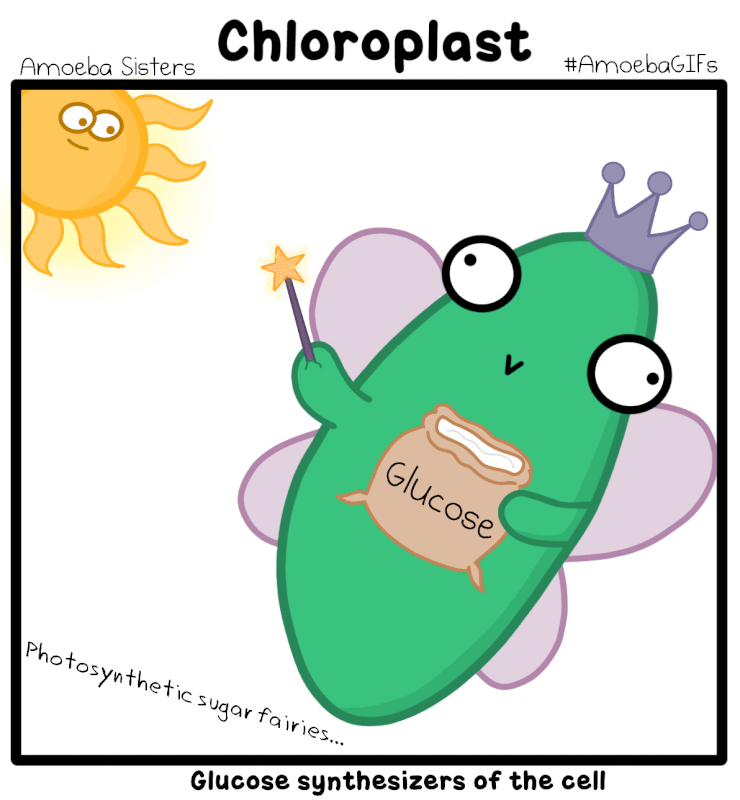
Prokaryotic cells ruled Earth for about one-billion years before the first eukaryotic cells evolved. Our Earth is 4.5 billion years old. The first prokaryotic organisms existed on our planet approximately 3.5 billion years ago. Eukaryotic cells evolved 2.5 billion years ago.
The prevailing theory of how these first eukaryotic cells may have come about is called The Endosymbiotic Theory.
The endosymbiotic theory was developed by several scientists over the last few centuries. As microscopes continued to increase their magnifying power, more details of cells were able to be observed. In 1831, a botanist by the name of Robert Brown was the first to report the existence of the nucleus within plant cells. Chloroplasts were then identified in plant cells by Andreas Schimper in the 1880s. Schimper also noted the fact that these chloroplasts were able to reproduce independently of the plant cell!
The prevailing theory of how these first eukaryotic cells may have come about is called The Endosymbiotic Theory.
The endosymbiotic theory was developed by several scientists over the last few centuries. As microscopes continued to increase their magnifying power, more details of cells were able to be observed. In 1831, a botanist by the name of Robert Brown was the first to report the existence of the nucleus within plant cells. Chloroplasts were then identified in plant cells by Andreas Schimper in the 1880s. Schimper also noted the fact that these chloroplasts were able to reproduce independently of the plant cell!
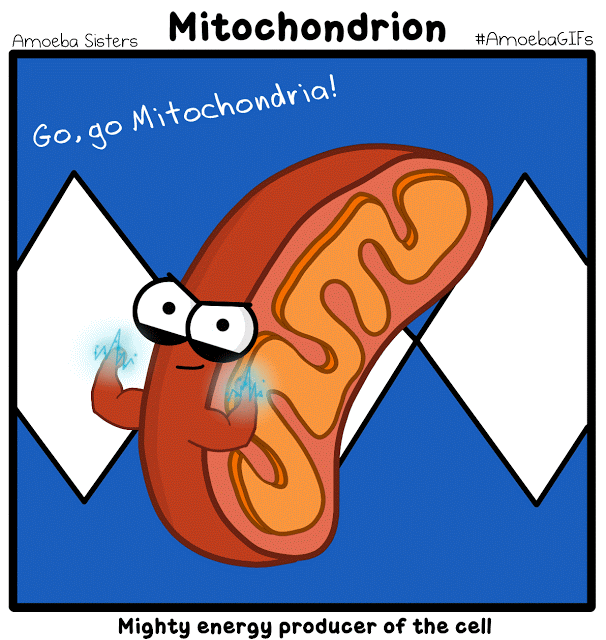
In 1905, Russian botanist Konstantin Mereschkowski reported that chloroplasts may have evolved from an ancient photosynthetic bacteria that had developed a symbiotic relationship with the plant cell. In 1920,, Ivan Wallin discovered multiple similarities between chloroplasts, mitochondria and bacteria and published the details of his findings.
Endosymbiotic Theory was met with a substantial amount of skepticism until 1960 when Lynn Margulis discovered that chloroplasts and mitochondria have their own DNA!
Margulis published a book in 1967 in which she compiled supporting evidence (from her own observations and others) of the endosymbiotic theory. In her book she proposed that mitochondria and chloroplasts had evolved from prokaryotic organisms that had been engulfed within a larger cell.
The Endosymbiotic Theory is defined as the theory that mitochondria and chloroplasts evolved through the symbiotic relationship between a prokaryotic cell and the larger eukaryotic cell that engulfed it.
EVIDENCE TO SUPPORT ENDOSYMBIOTIC THEORY
Endosymbiotic Theory was met with a substantial amount of skepticism until 1960 when Lynn Margulis discovered that chloroplasts and mitochondria have their own DNA!
Margulis published a book in 1967 in which she compiled supporting evidence (from her own observations and others) of the endosymbiotic theory. In her book she proposed that mitochondria and chloroplasts had evolved from prokaryotic organisms that had been engulfed within a larger cell.
The Endosymbiotic Theory is defined as the theory that mitochondria and chloroplasts evolved through the symbiotic relationship between a prokaryotic cell and the larger eukaryotic cell that engulfed it.
EVIDENCE TO SUPPORT ENDOSYMBIOTIC THEORY
- Mitochondrial and Chloroplast DNA is in the form of a circular plasmid, which is very similar to the DNA of bacteria cells.
- Mitochondria and Chloroplasts are able to reproduce on their own within the host cell.
- Mitochondria and Chloroplasts are surrounded by 2 lipid bilayers, which may have formed as the result of the larger host cell engulfing the smaller prokaryotic cell.
- 16S ribosomal RNA (rRNA) is used in both Mitochondria and Chloroplasts, whereas eukaryotic cells use 18S. Ribosomal RNA exists in prokaryotic cells and eukaryotic cells, and functions to make ribosomes. The S in 16S and 18S rRNA represents Svedberg units. 18S rRNA is found in eukaryotic cells, whereas 16S ribosomal RNA is found in prokaryotic cells, as well as the mitochondria in eukaryotes.
Summary of Structure and Function of Eukaryotic Organelles
Eukaryotic ORGANELLE or STRUCTURE |
FUNCTION |
SIMILAR TO |
FOUND IN... |
NUCLEUS |
HOLDS THE DNA |
INSTRUCTION MANUAL |
Eukaryotic Cells ONLY |
NUCLEOLUS |
MAKES RIBOSOMES |
FACTORY FOR RIBOSOMES |
Eukaryotic Cells ONLY |
MEMBRANE |
PROTECTION - REGULATION OF TRANSPORT |
SKIN |
ALL CELLS |
GOLGI BODY |
MODIFIES, PACKAGES AND SHIPS PROTEINS |
POST OFFICE |
Eukaryotic Cells ONLY |
MITOCHONDRIA |
CREATES ENERGY (ATP) |
POWER PLANT |
Eukaryotic Cells ONLY |
ROUGH ENDOPLASMIC RETICULUM |
HOLD RIBOSOMES |
ASSEMBLY LINE |
Eukaryotic Cells ONLY |
SMOOTH ENDOPLASMIC RETICULUM |
LIPID PRODUCTION |
FACTORY FOR LIPIDS |
Eukaryotic Cells ONLY |
PEROXISOME |
DETOXIFIES |
GARBAGE DISPOSAL |
Eukaryotic Cells ONLY |
LYSOSOME |
DIGESTS UNWANTED SUBSTANCES |
STOMACH / RECYCLING CENTER |
Eukaryotic Cells ONLY |
RIBOSOME |
THE SITE OF PROTEIN SYNTHESIS |
ASSEMBLY LINE |
ALL CELLS |
NUCLEOPLASM |
LIQUID OF THE NUCLEUS |
FLUID |
Eukaryotic Cells ONLY |
NUCLEAR ENVELOPE |
MEMBRANE AROUND THE NUCLEUS |
"SKIN" OF NUCLEUS |
Eukaryotic Cells ONLY |
VESICLES |
TRANSPORTATION |
VEHICLES |
Eukaryotic Cells ONLY |
CYTOSOL |
LIQUID OF THE CELL THAT LIES INSIDE OF THE CELL MEMBRANE, AND OUTSIDE THE NUCLEUS |
OUR INTERSTITIAL FLUID |
ALL CELLS |
CYTOPLASM |
ALL OF THE LIQUID AND SOLID CONTENTS OF THE CELL THAT IS OUTSIDE THE NUCLEUS |
THE INSIDE OF OUR BODY |
ALL CELLS |
FLAGELLA / CILIA |
TAIL OR HAIR-LIKE PROJECTIONS USED TO MOVE |
OUR LEGS AND ARMS |
Some Eukaryotic Cells and Some Prokaryotic Cells |
CELL WALL |
RIGID LAYER LYING OUTSIDE OF A CELL MEMBRANE |
COAT OF ARMOR |
Some Eukaryotic Cells and Some Prokaryotic Cells |
CYTOSKELETON |
MICROTUBULES, MICROFILAMENTS, CENTRIOLES AND THE CENTROSOME MAKE UP THE CYTOSKELETON TO PROVIDE STRUCTURE AND LOCOMOTION |
BONES |
Eukaryotic Cells ONLY |
CENTROSOME - Region close to the nucleus in eukaryotic cells. It is an area involved in the development of microtubules (often referred to as a microtubule organizing center) that are necessary for cell movements, e.g. the mitotic spindle. Each pole of the spindle of a dividing nucleus would have a centrosome. In animal cells and most plants and fungi with motile cells, the centrosome contains a pair of centrioles.
CENTRIOLES - A short cylindrical array of nine triplet microtubules. Found in animal cells and cells of most eukaryotic organisms that produce flagellate cells.
CELL WALL - RIGID LAYER LYING OUTSIDE OF A CELL MEMBRANE
CHROMATIN - Unwound complex of the DNA and proteins, such as histones, in the nucleus of a eukaryotic cell.
CYTOPLASM - All the material and organelles inside the plasma membrane and outside of the nucleus.
CYTOSOL - Everything in the cytoplasm other than the membrane-bounded organelles.
CYTOSKELETON - MICROTUBULES, MICROFILAMENTS, CENTRIOLES AND THE CENTROSOME MAKE UP THE CYTOSKELETON TO PROVIDE STRUCTURE AND LOCOMOTION
ENDOPLASMIC RETICULUM - The endoplasmic reticulum (ER) consists of flattened sheets, sacs and tubes that extend through the cytoplasm. The sheets may be continuous with the outer membrane of the nuclear envelope. If the ER is studded with ribosomes that are synthesizing proteins, it is called rough ER. In contrast, smooth ER lacks ribosomes and is involved in lipid synthesis.
GOLGI BODY - A system of stacked, membrane-bounded sacs. The Golgi is involved in processing macromolecules for secretion and delivery to other components of the cell.
LYSOSOMES - Membrane-bounded vesicles that contain enzymes involved in the digestion of foreign elements. Conditions that result in the release of these enzymes into the cytoplasm may result in cell death.
MITOCHONDRIA - Organelles present in eukaryotic cells and bounded by two membranes. They are often referred to as the power plants of cells as they are the site of aerobic respiration that combines oxygen with food molecules to generate ATP, an important energy containing molecule. Mitochondria contain circular DNA (similar to the organization of DNA in bacterial cells) that codes for some of the mitochondria! proteins. Ribosomes in mitochondria are smaller than those in the cytosol and of the same size as bacterial ribosomes.
NUCLEAR ENVELOPE - The double membrane structure that surrounds the nucleus and separates it from the rest of the cytoplasm. It has nuclear pores that allow for communication between the nucleus and the cytoplasm. NUCLEAR PORES Openings in the nuclear envelope that allow for communication between the nucleus and the cytoplasm.
NUCLEOLUS - Site in the nucleus where ribosomes are synthesized. NUCLEOPLASM Matrix of the nucleus, not including nucleolus and chromosomes.
NUCLEOID - Region of cytoplasm in prokaryotic cells that contains the prokaryotic genome.
NUCLEUS - This is the largest organelle in most cells. It is separated from the cytoplasm by the nuclear envelope that consists of an inner and outer membrane layer. Nuclear pores in the envelope allow the nucleus to communicate with the cytoplasm. The nucleus contains most of the cell's genetic material in the DNA that makes up the chromatin fibers of the chromosomes. The nucleolus is in the nucleus and it is the site at which ribosomes are assembled.
PEROXISOMES - Membrane-bounded vesicles that contain oxidative enzymes concerned with the generation and destruction of hydrogen peroxide, a molecule that would cause serious damage if it were released into the cytoplasm
PLASMA MEMBRANE - The outer boundary of the cell; also called the cell membrane. A sheet of lipid molecules (bilayer) with proteins embedded in it. The plasma membrane controls movement of materials into and out of the cytoplasm.
RIBOSOMES - Particles composed of RNA and protein that are involved with messenger RNA in the synthesis of proteins.
VESICLES - Membrane-bound compartments used to move substances into, out of and within the cell.

